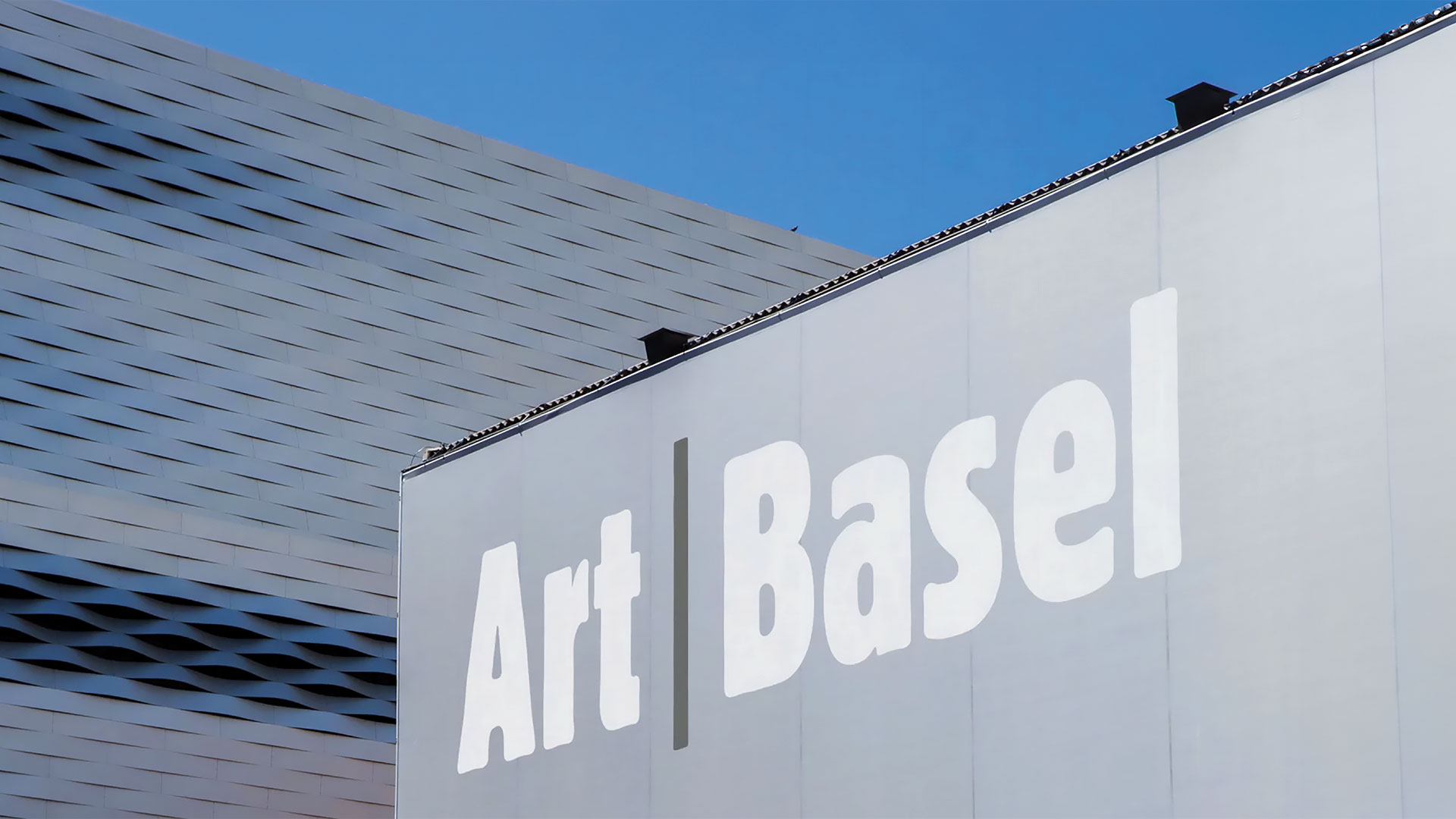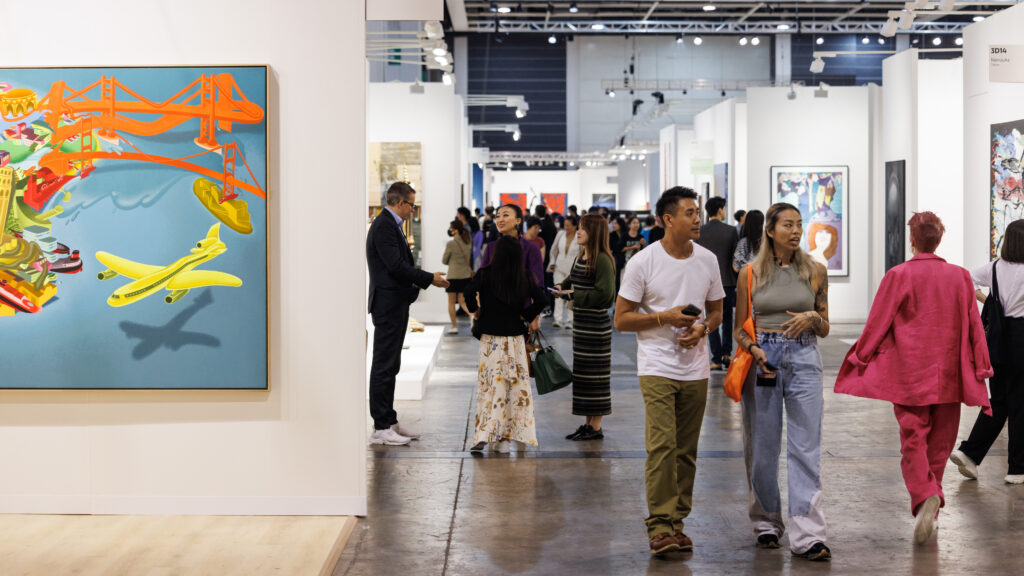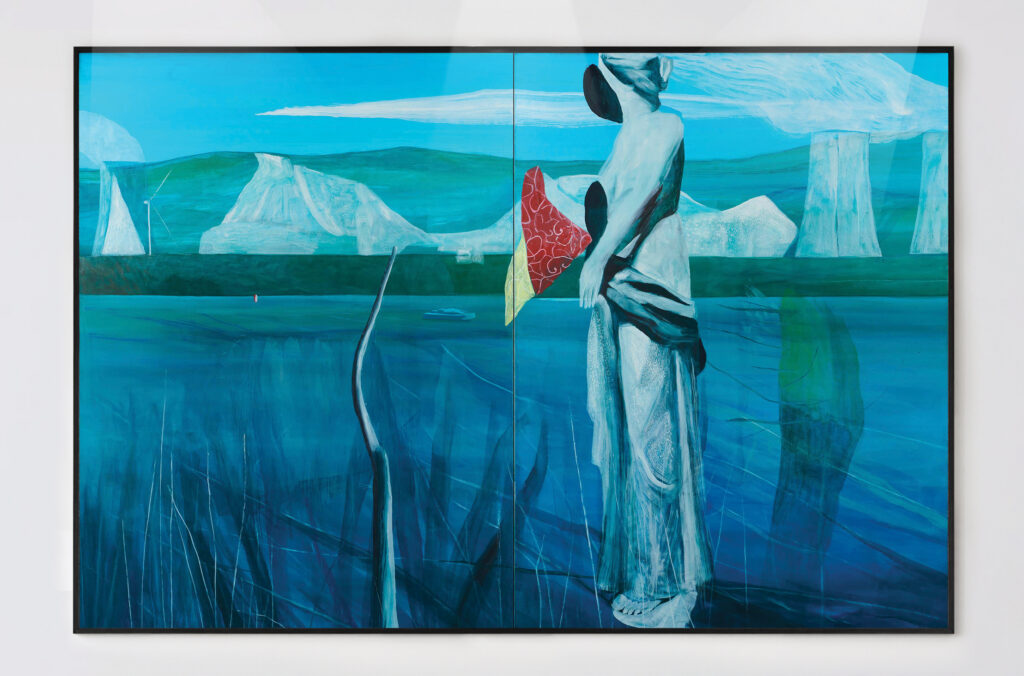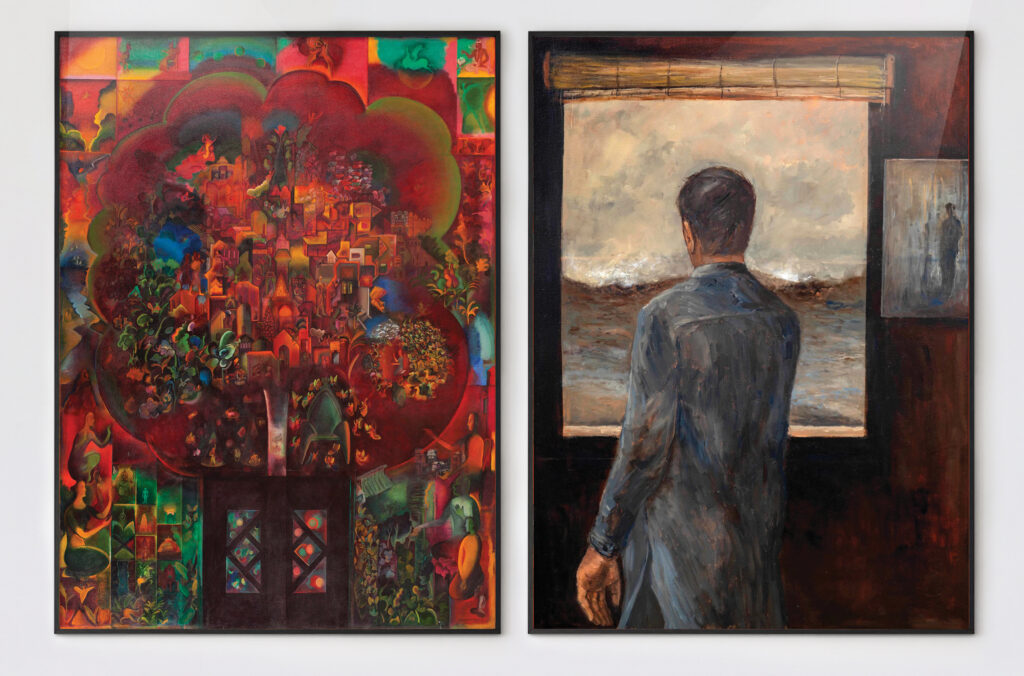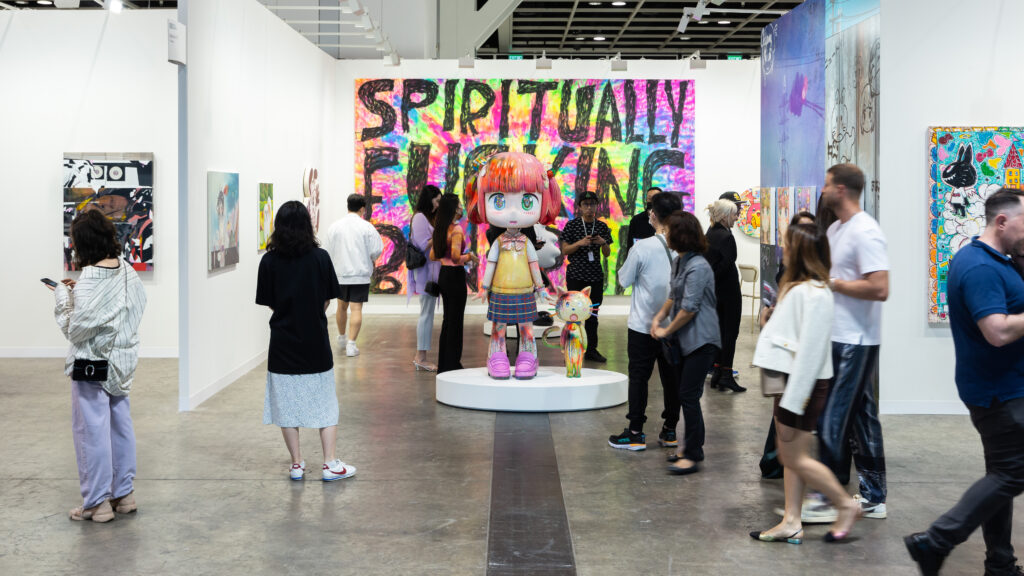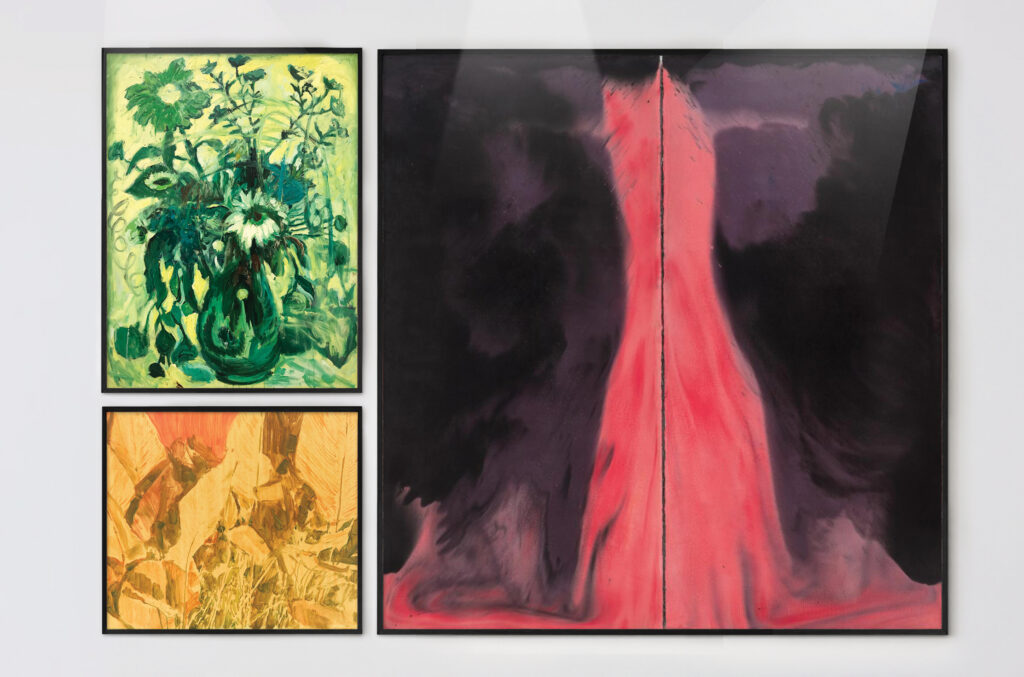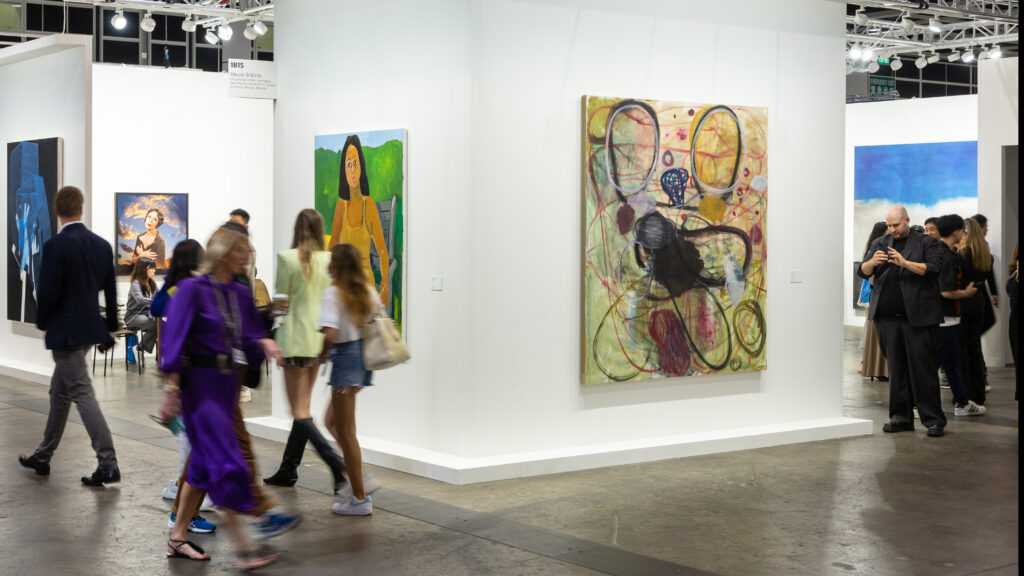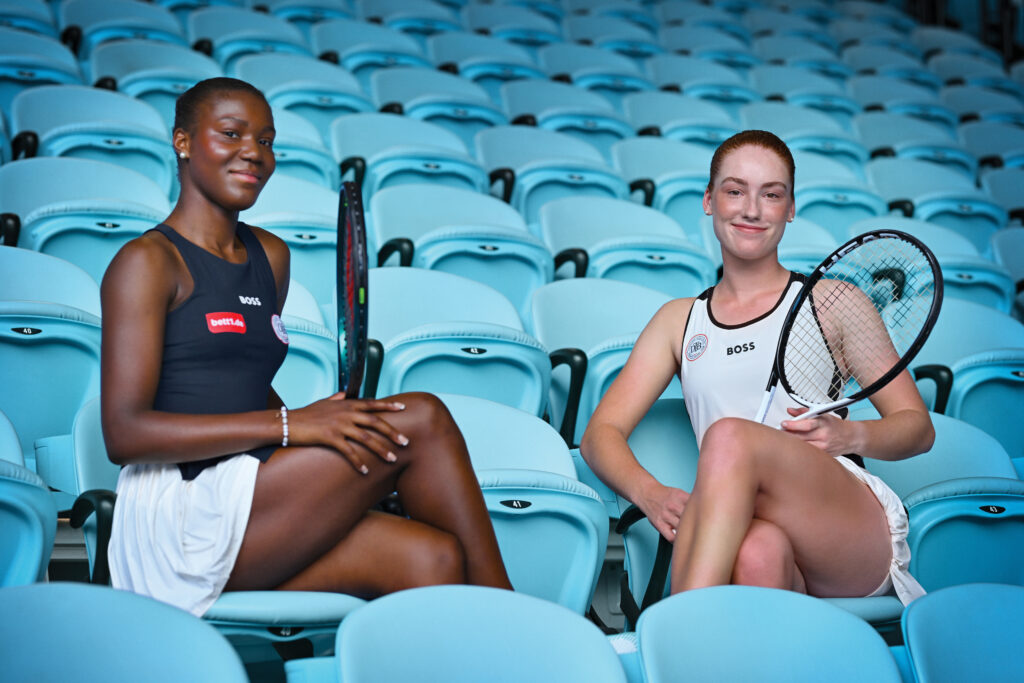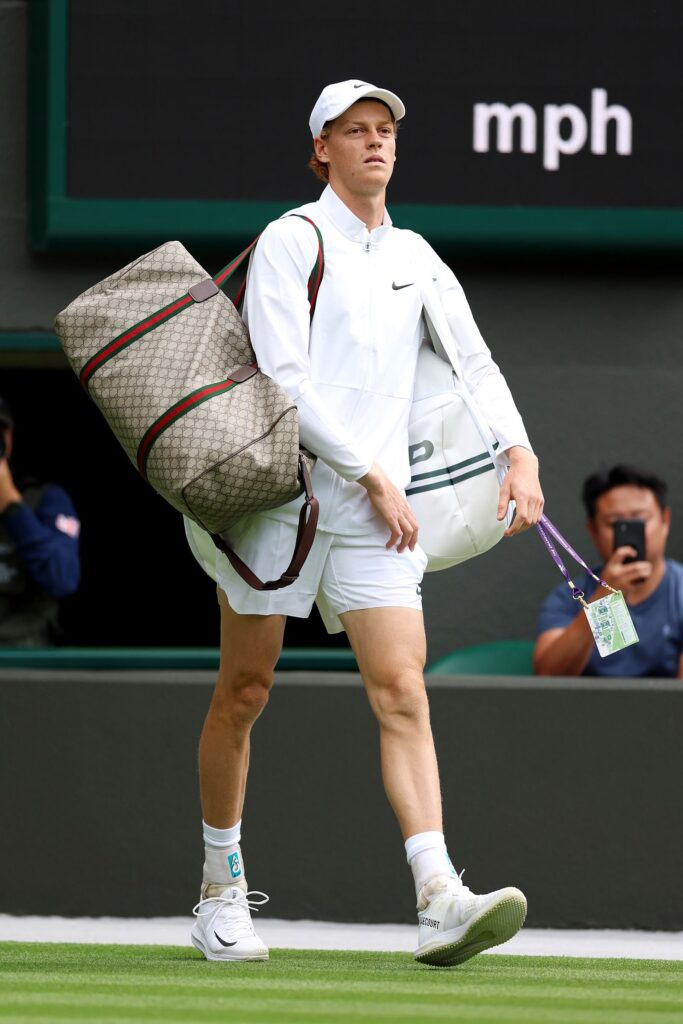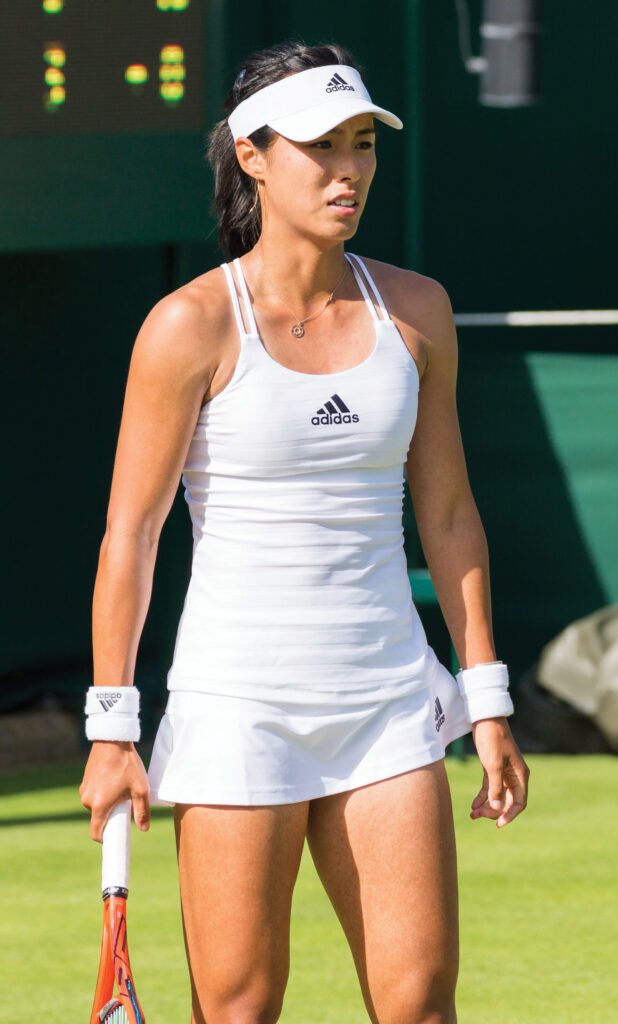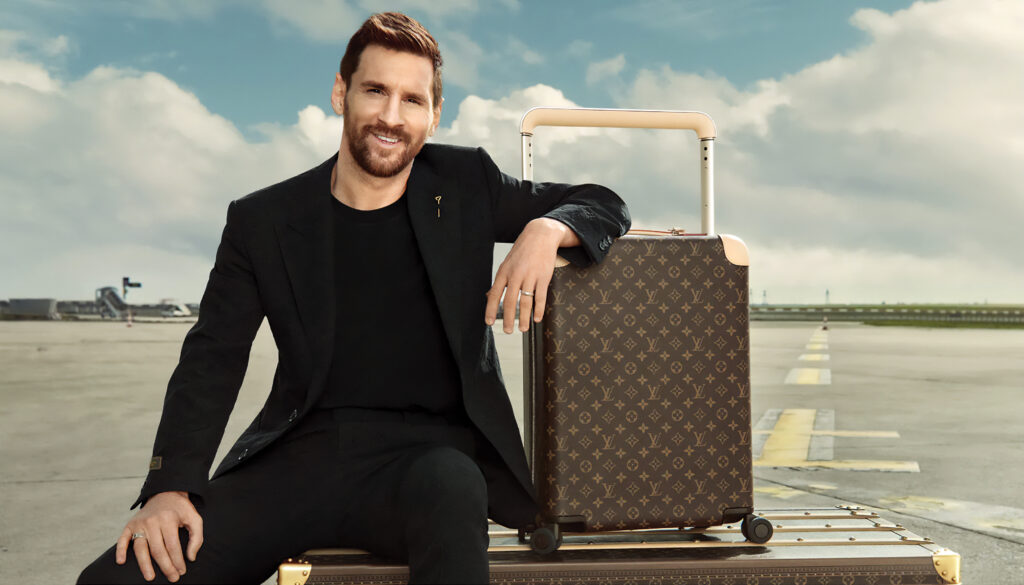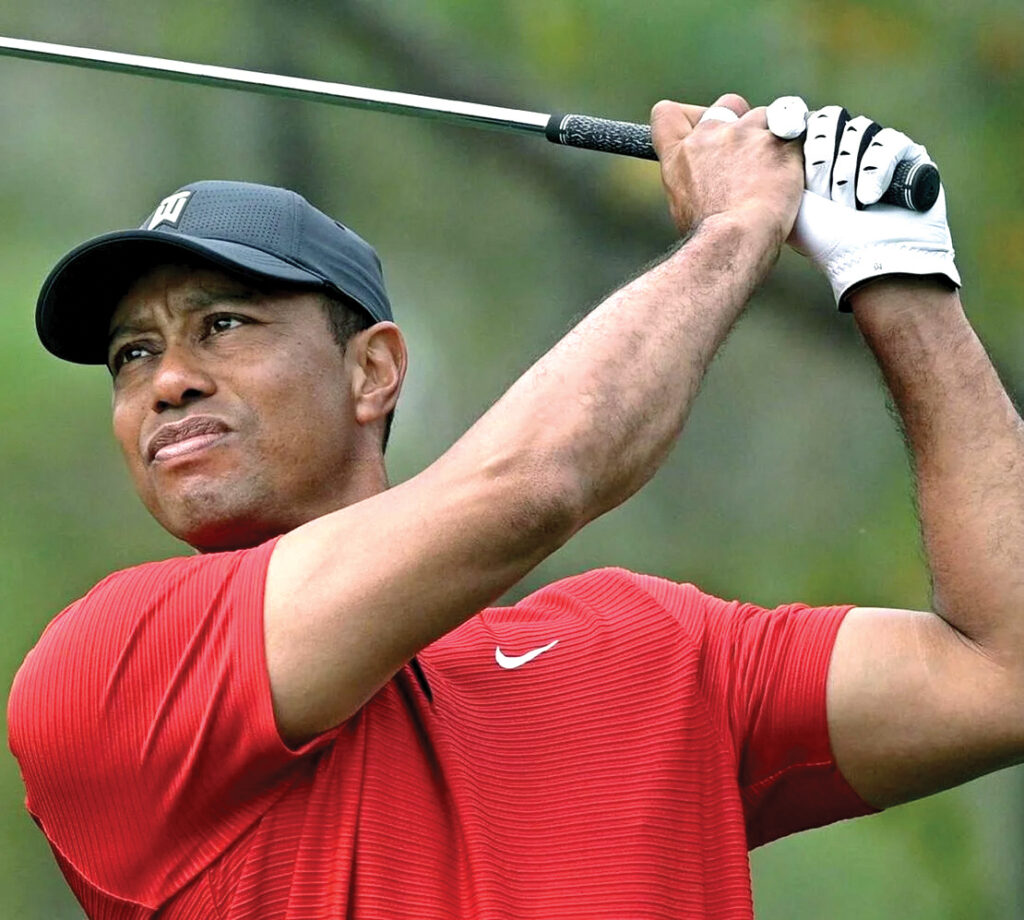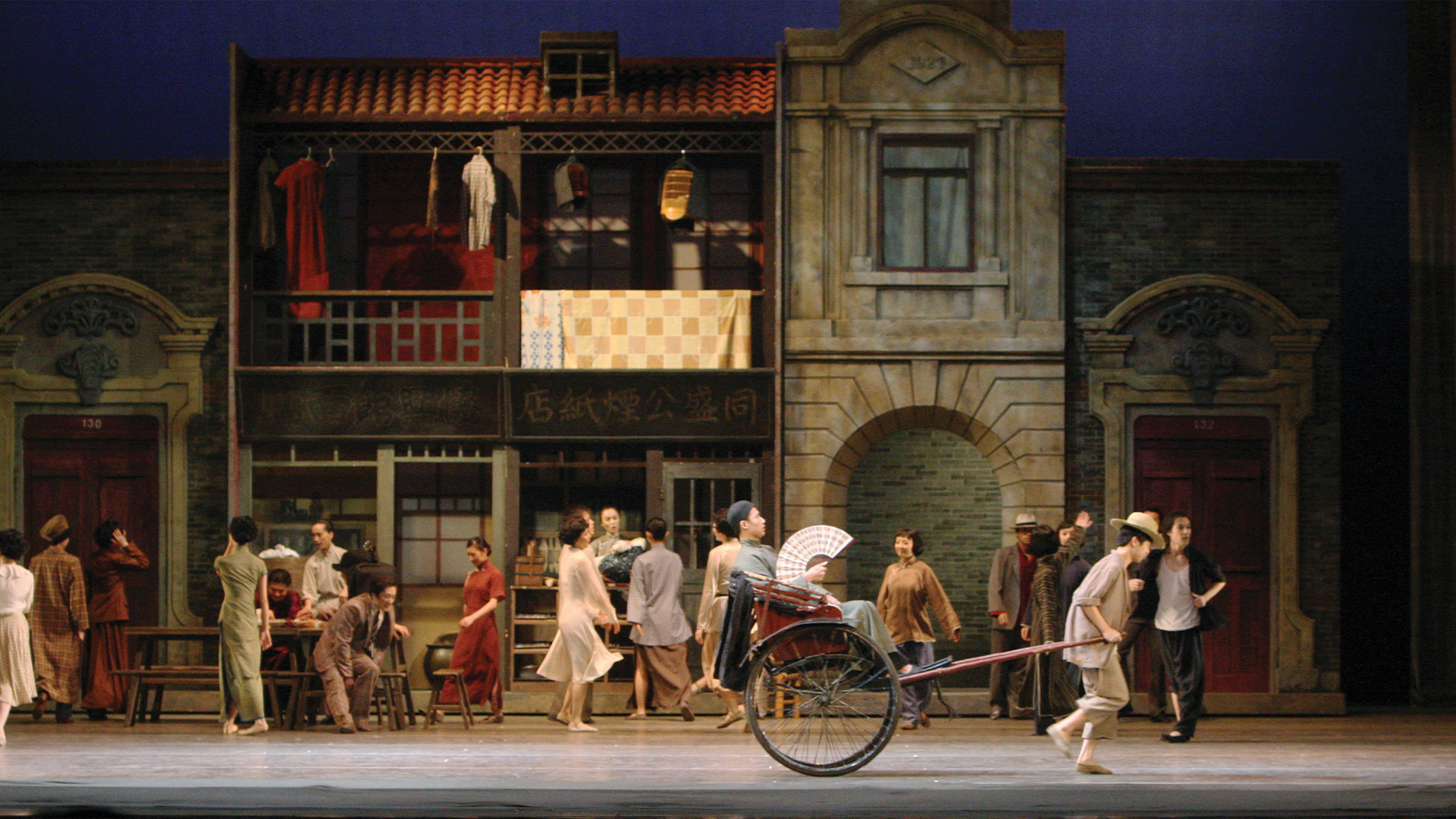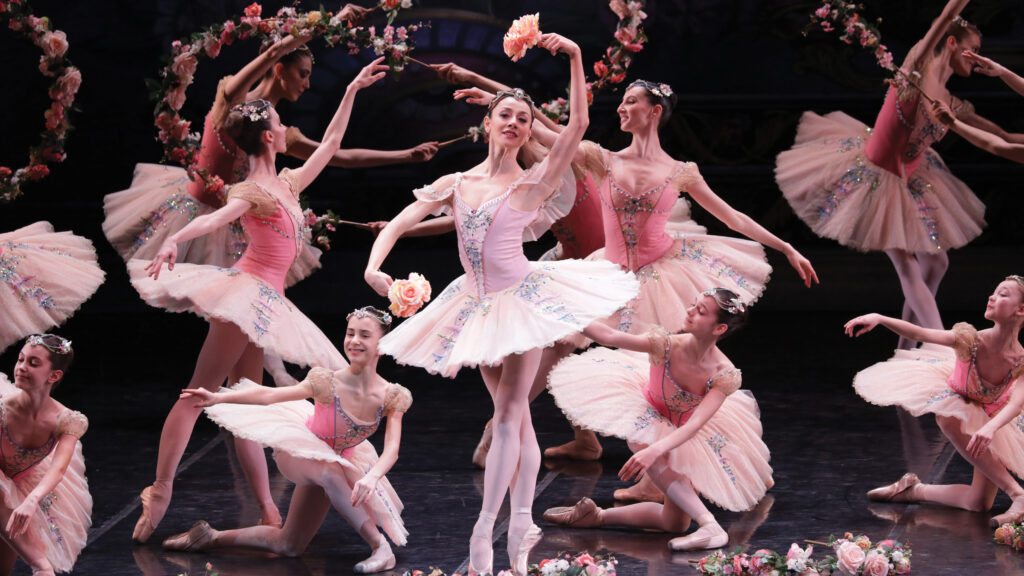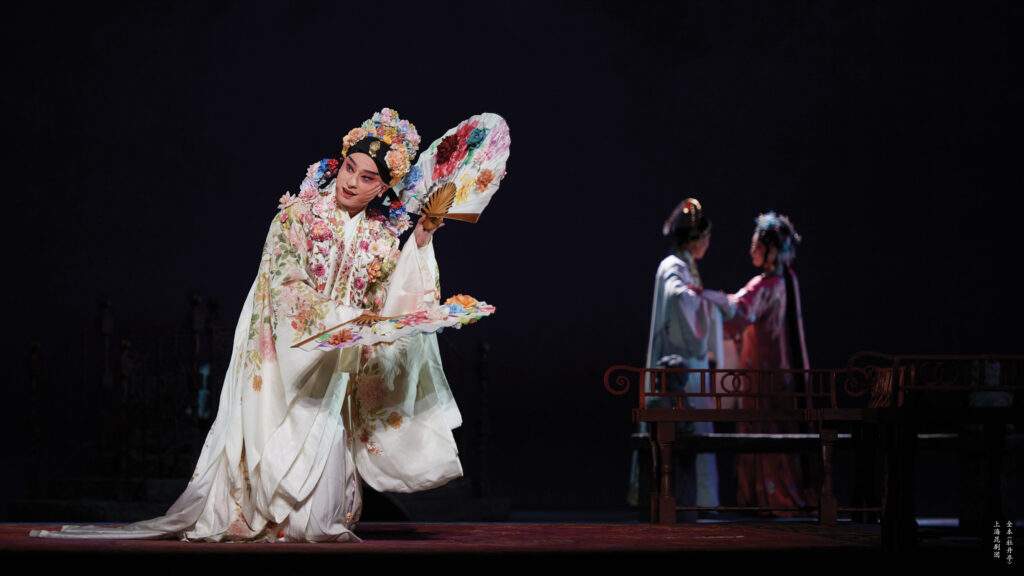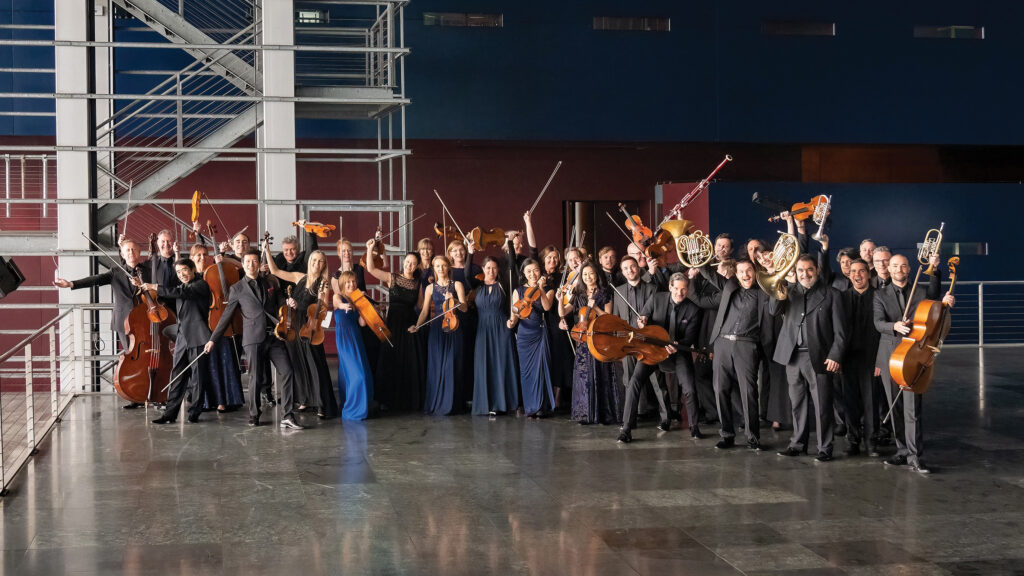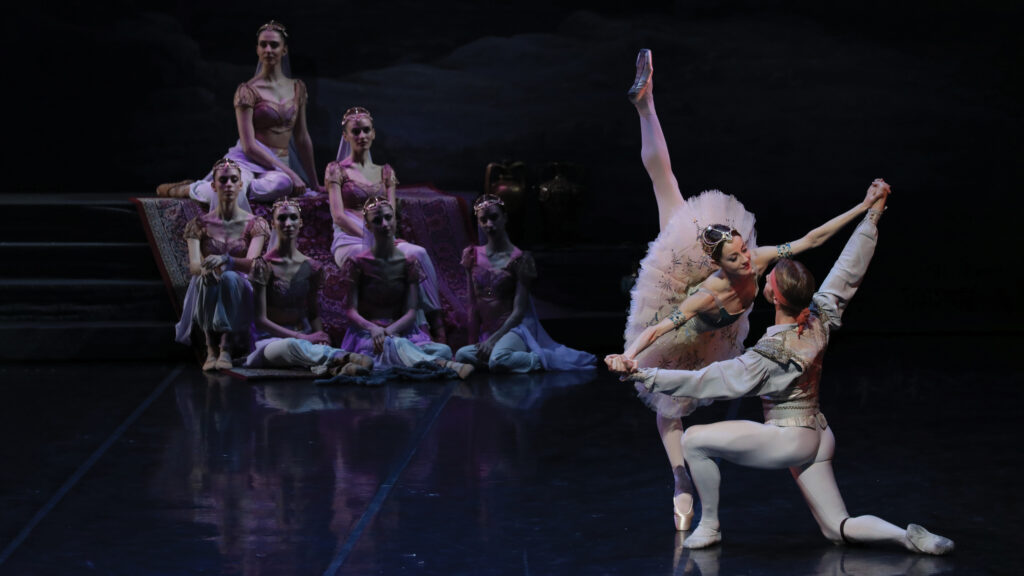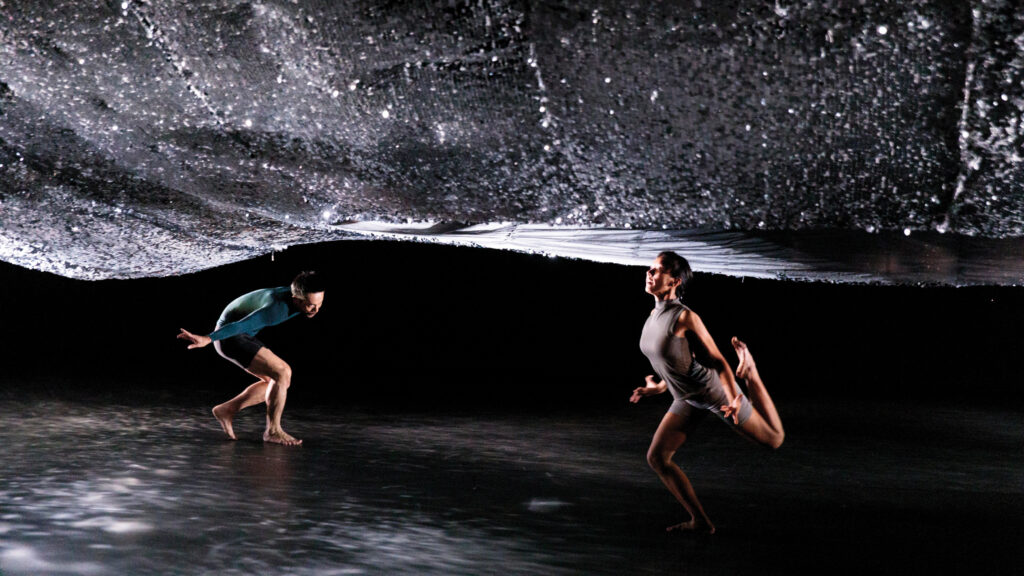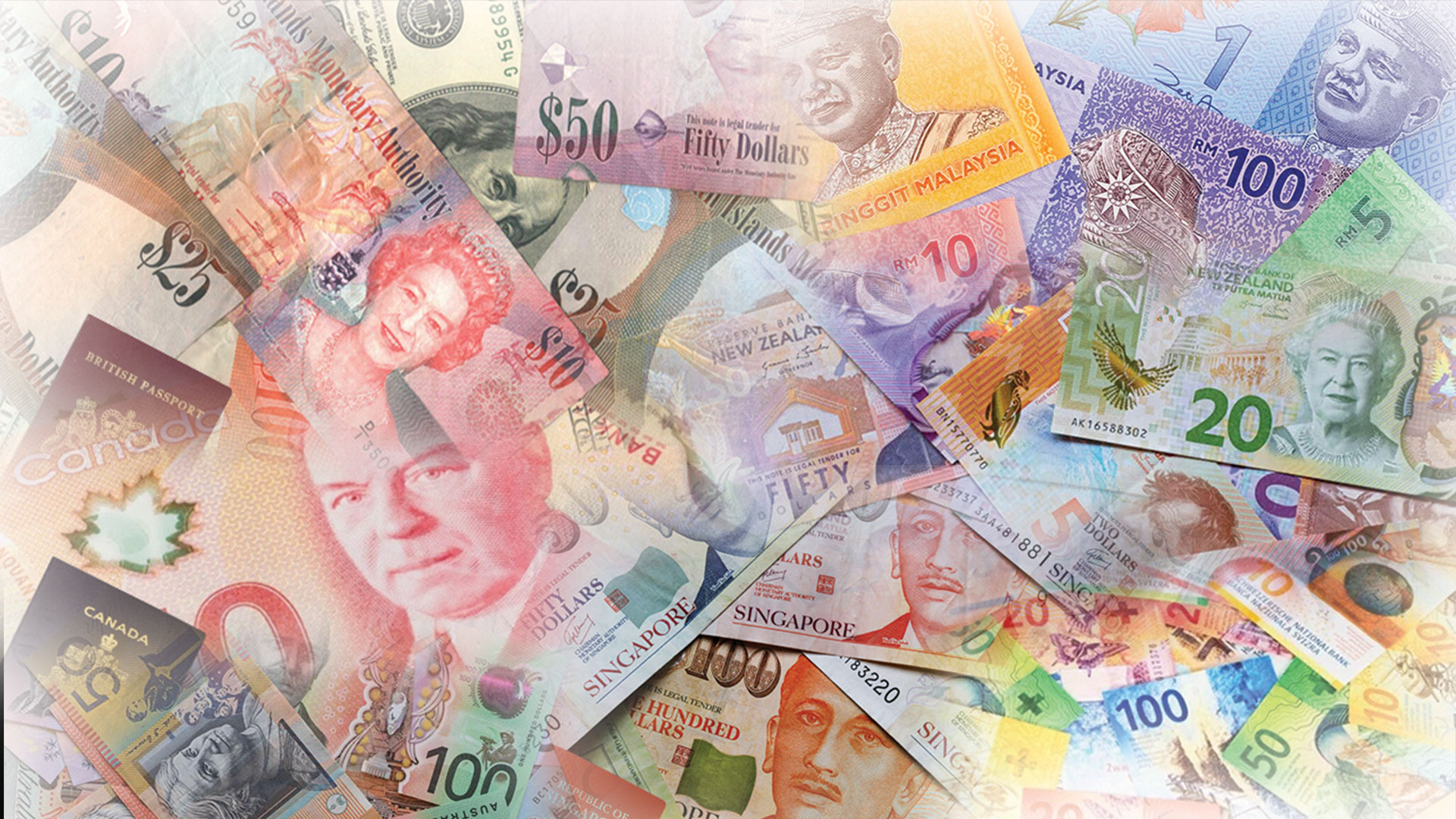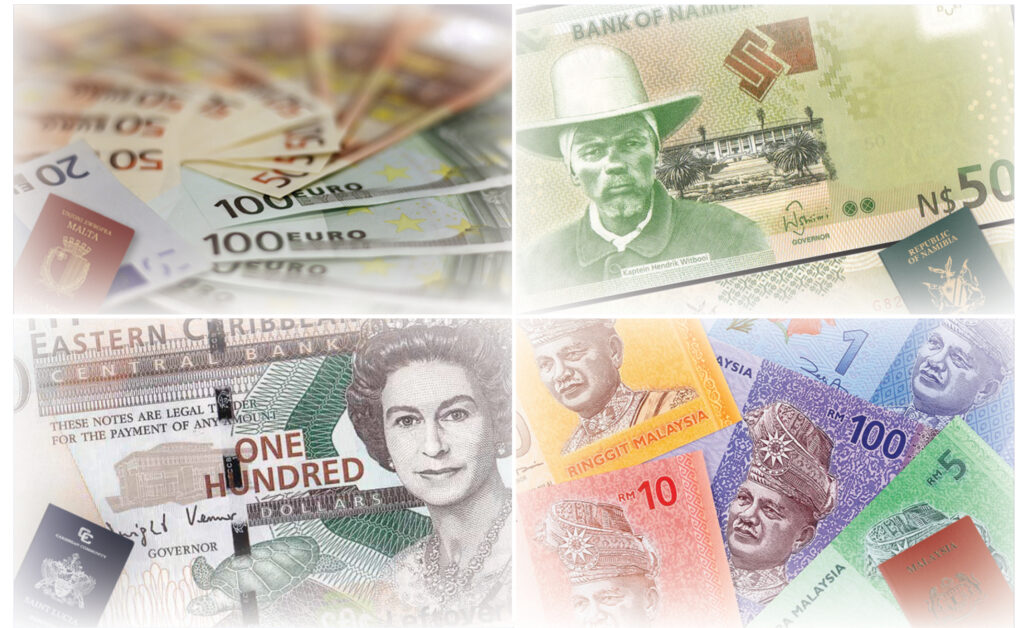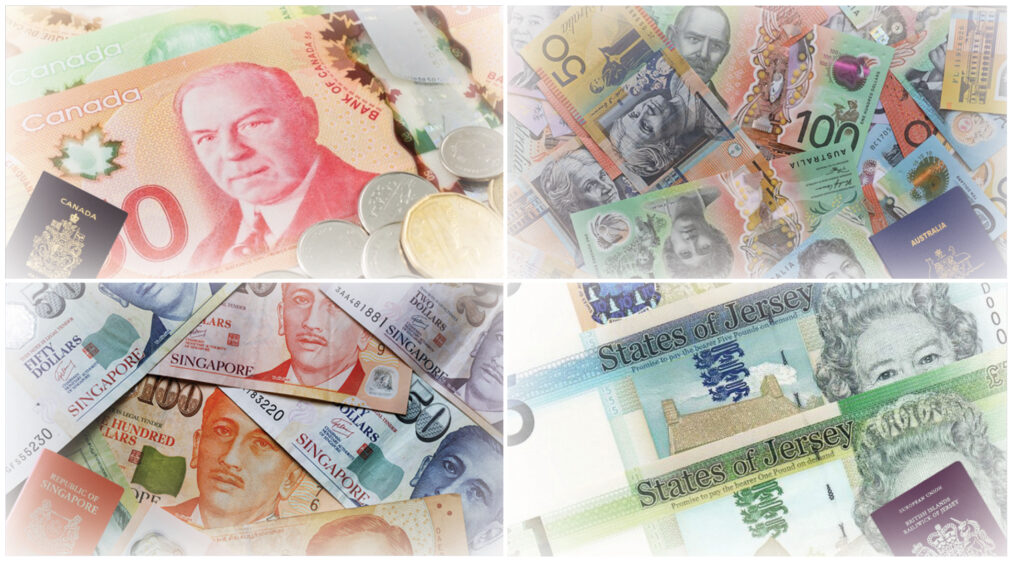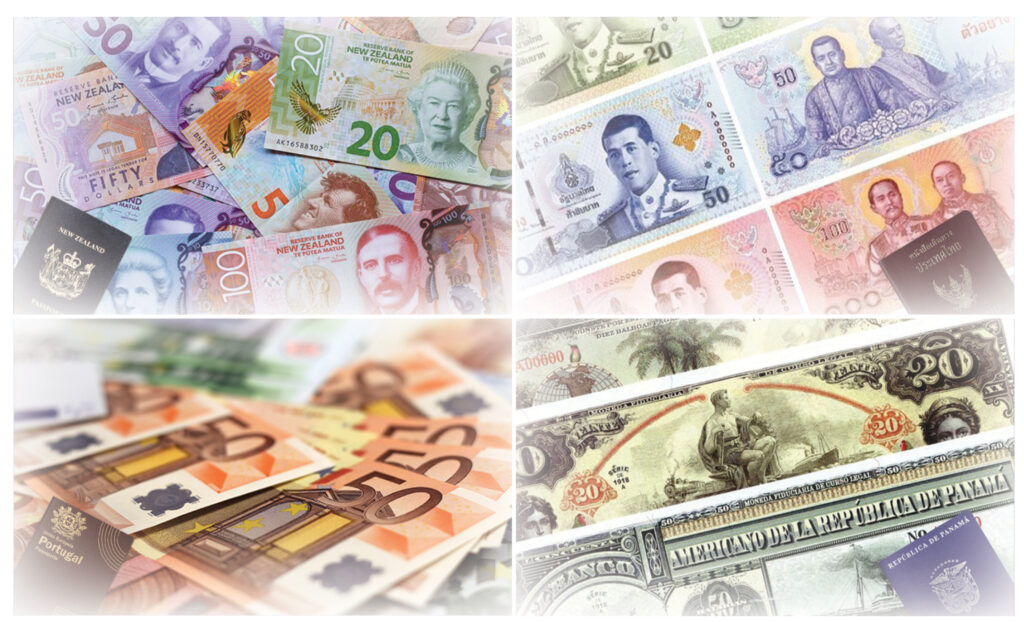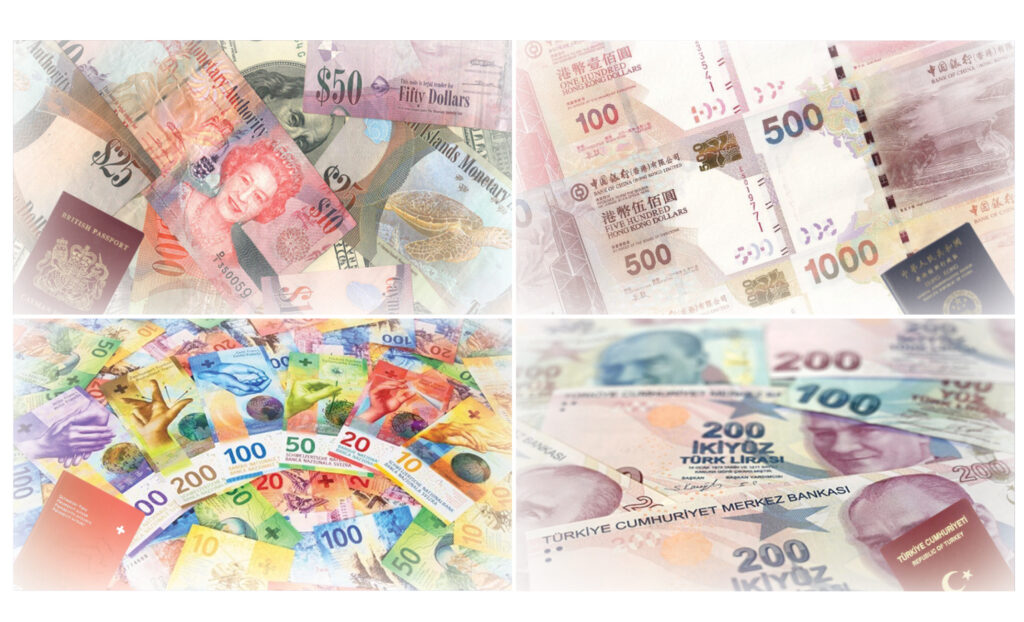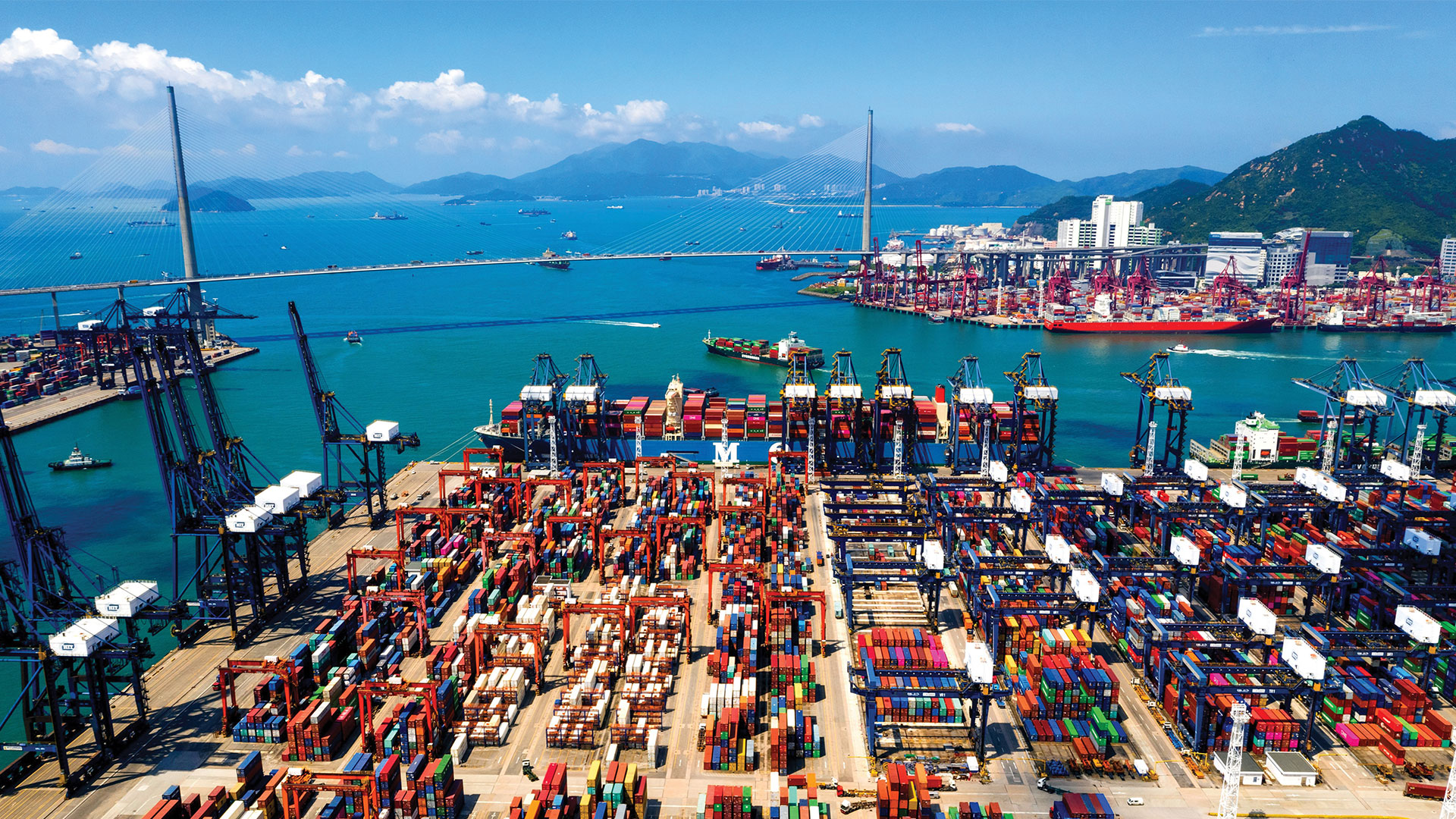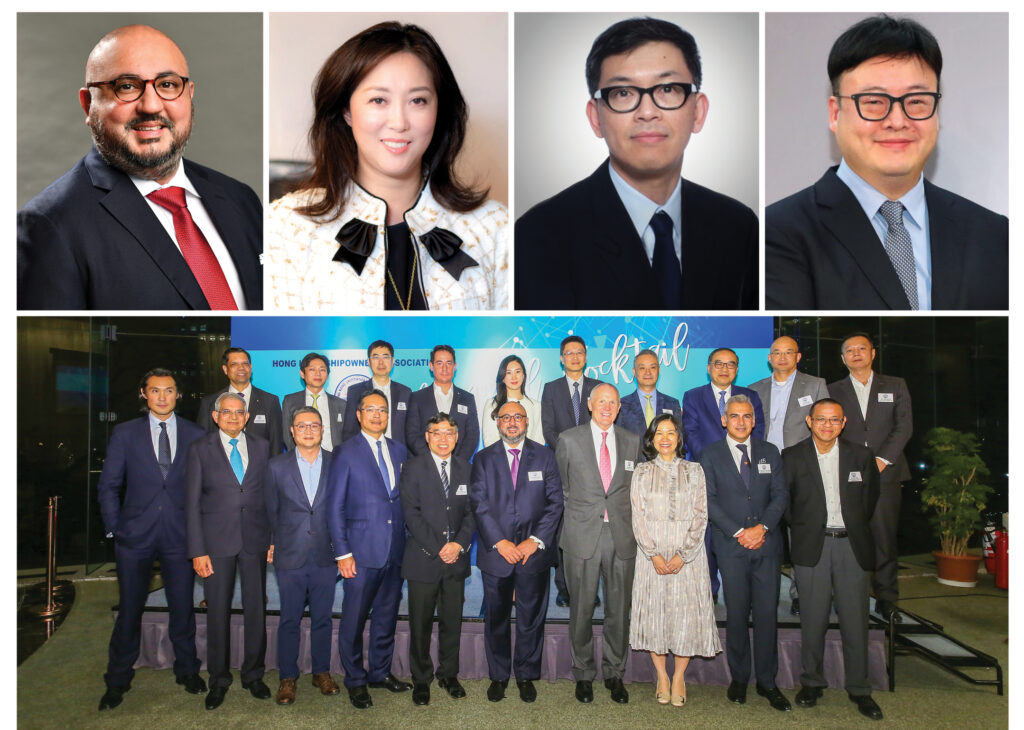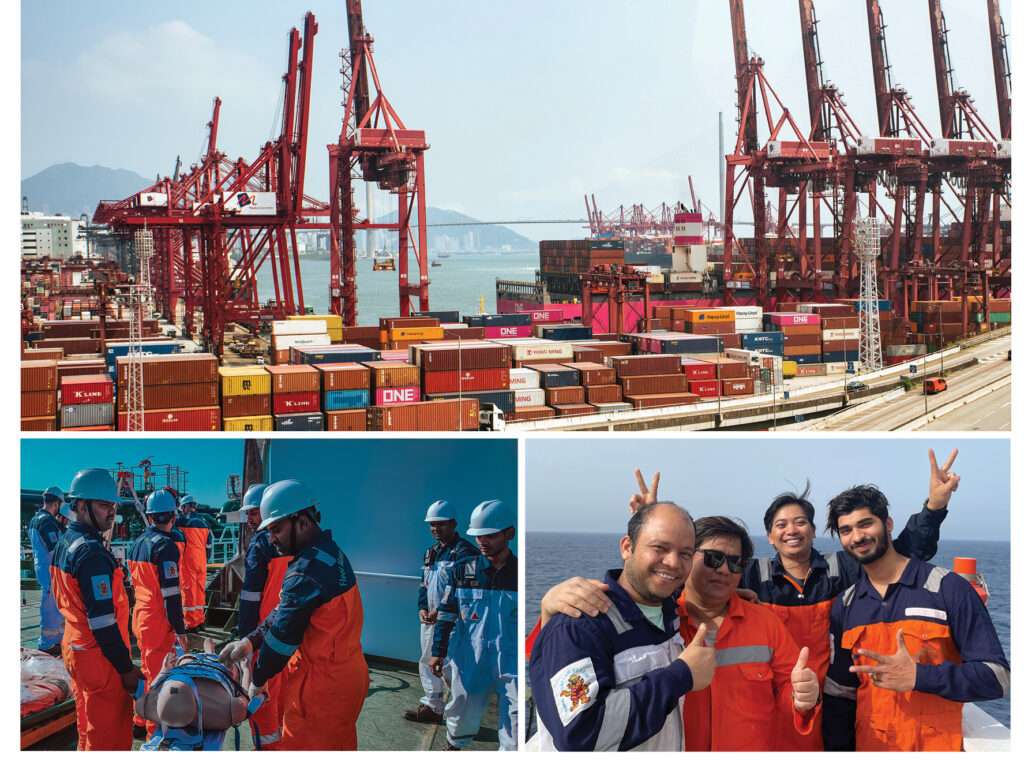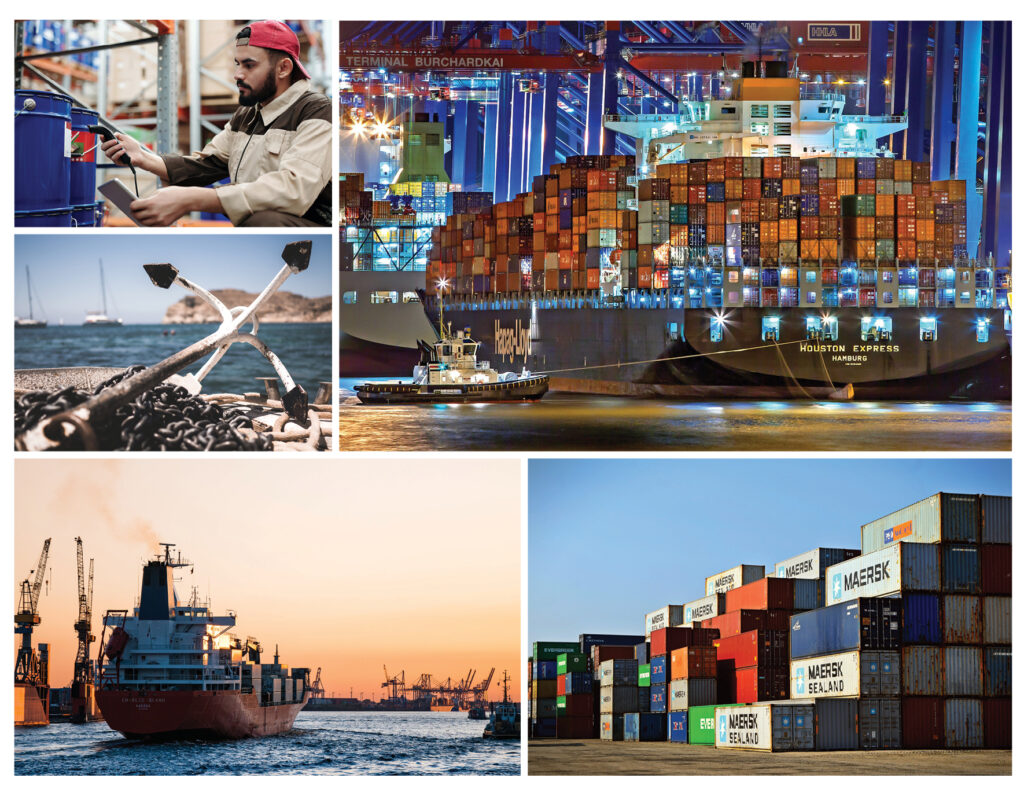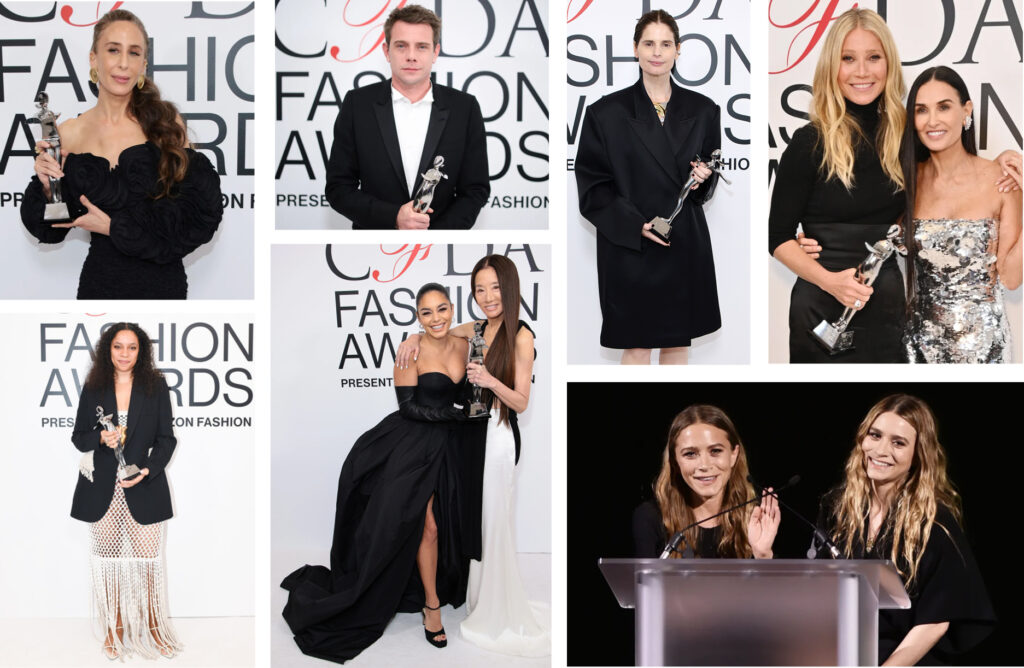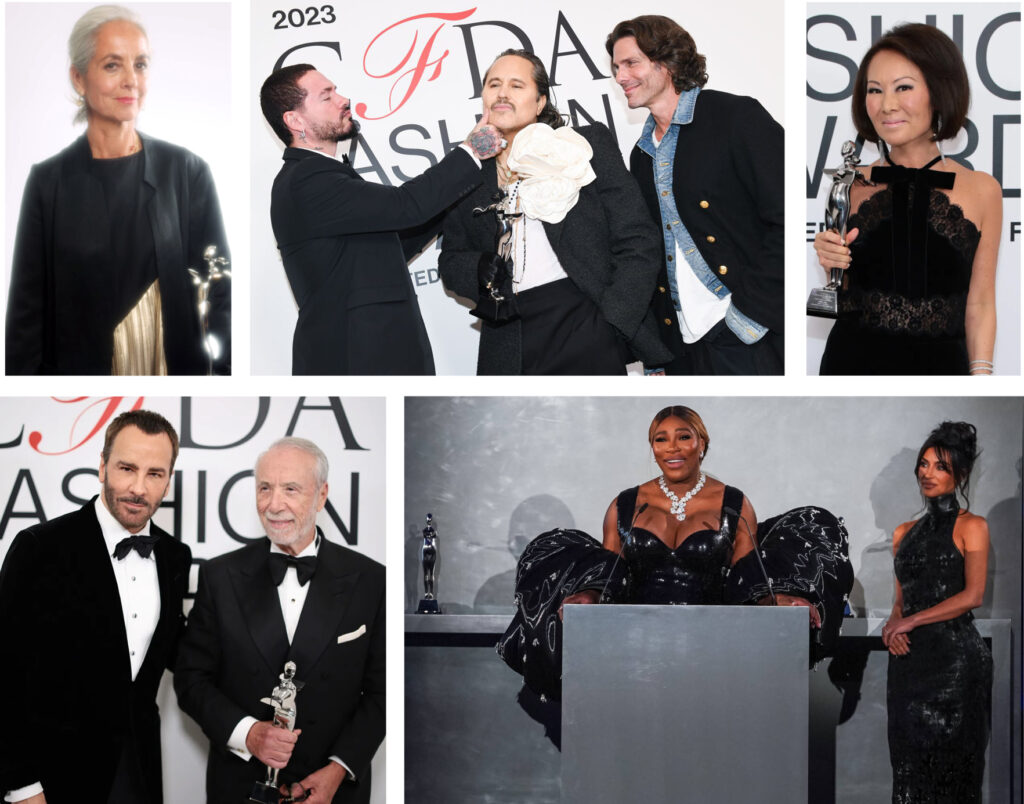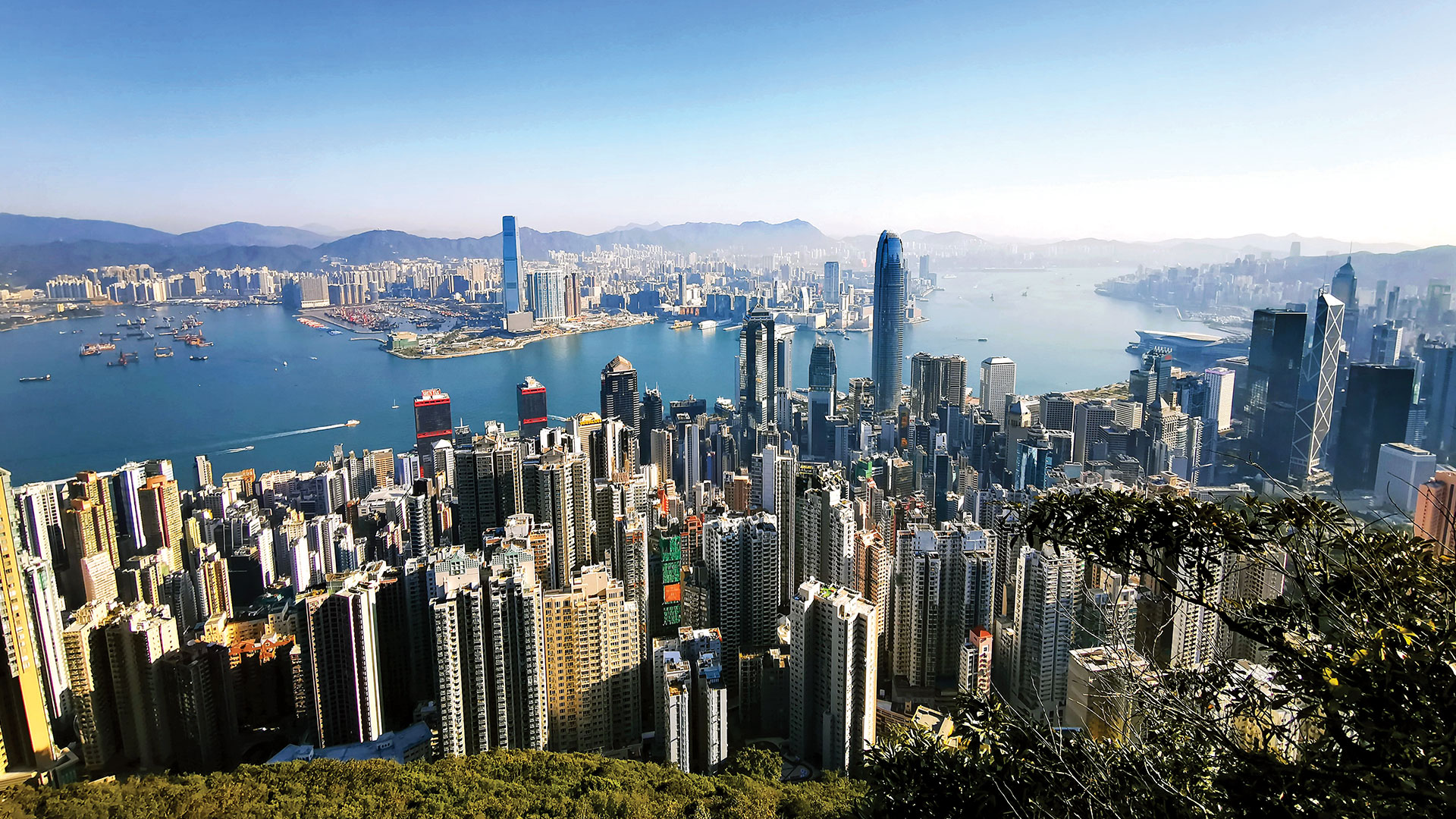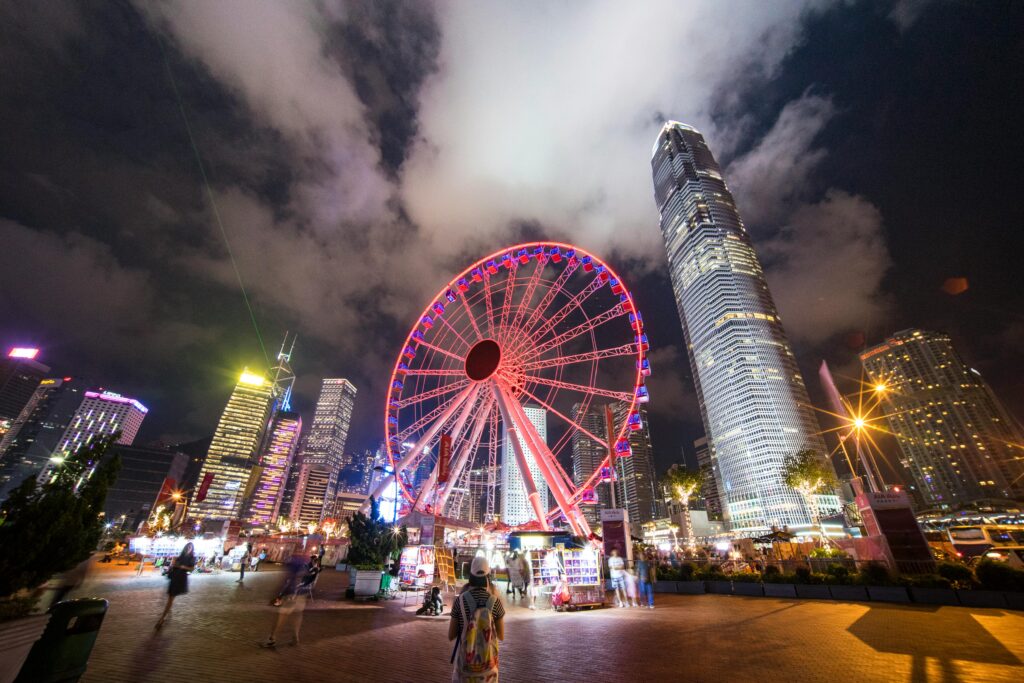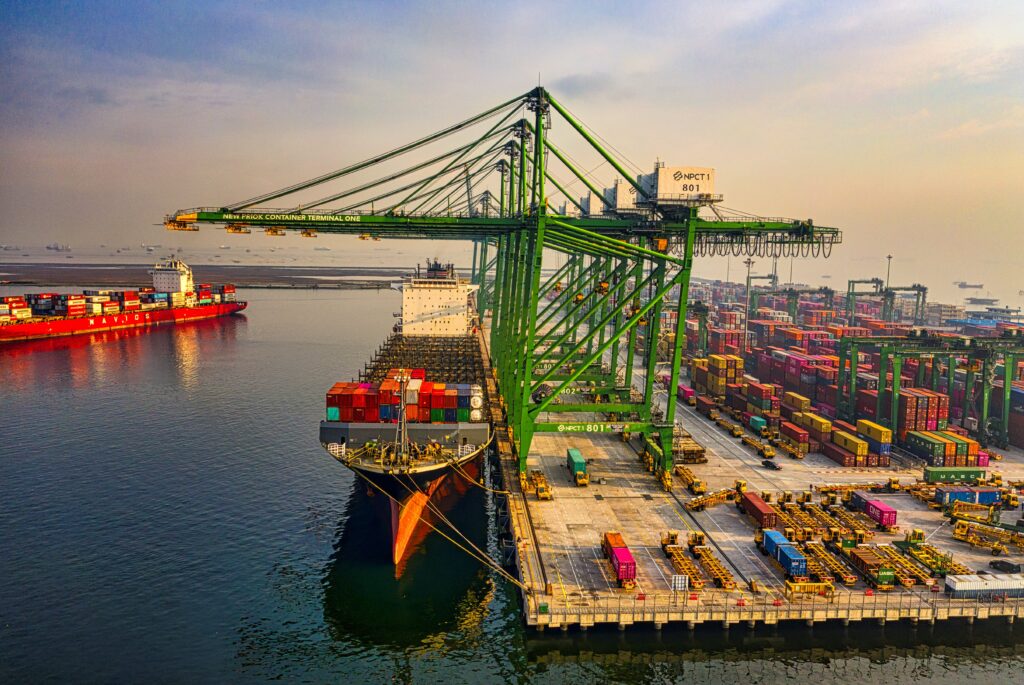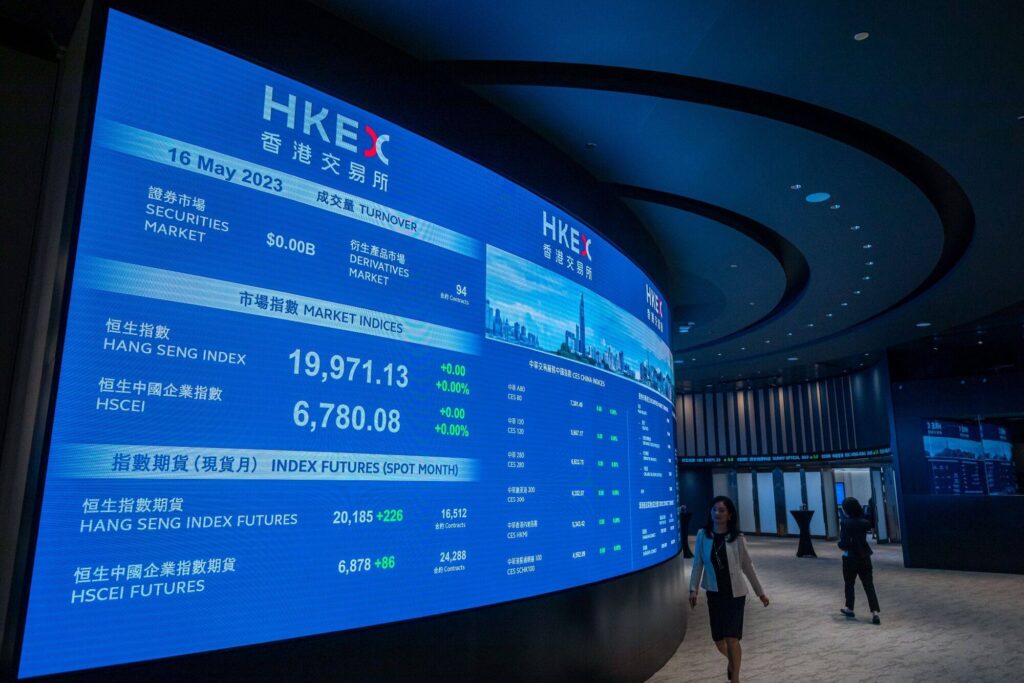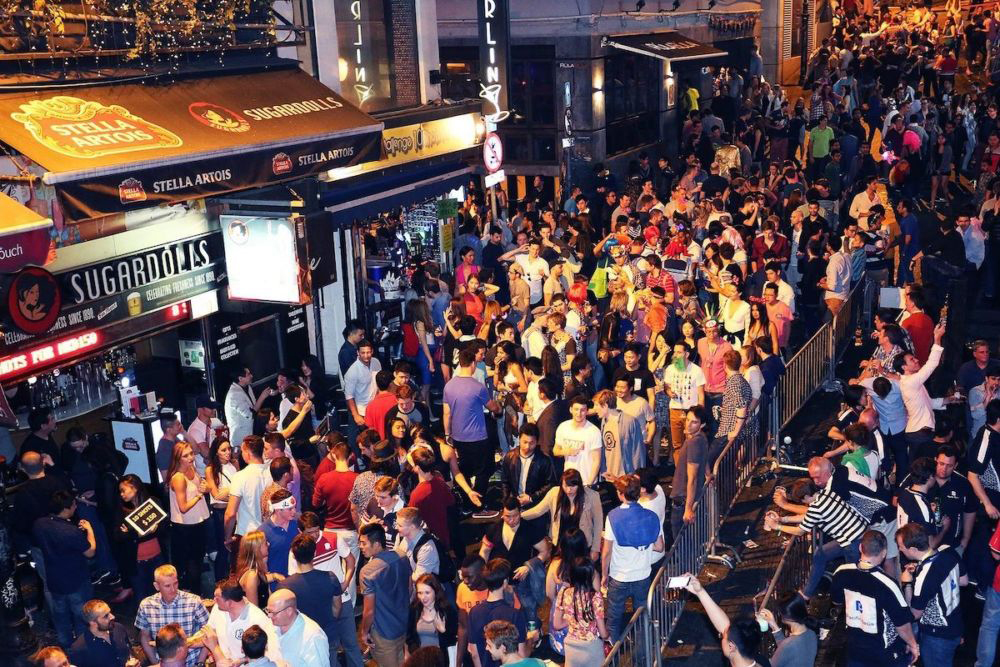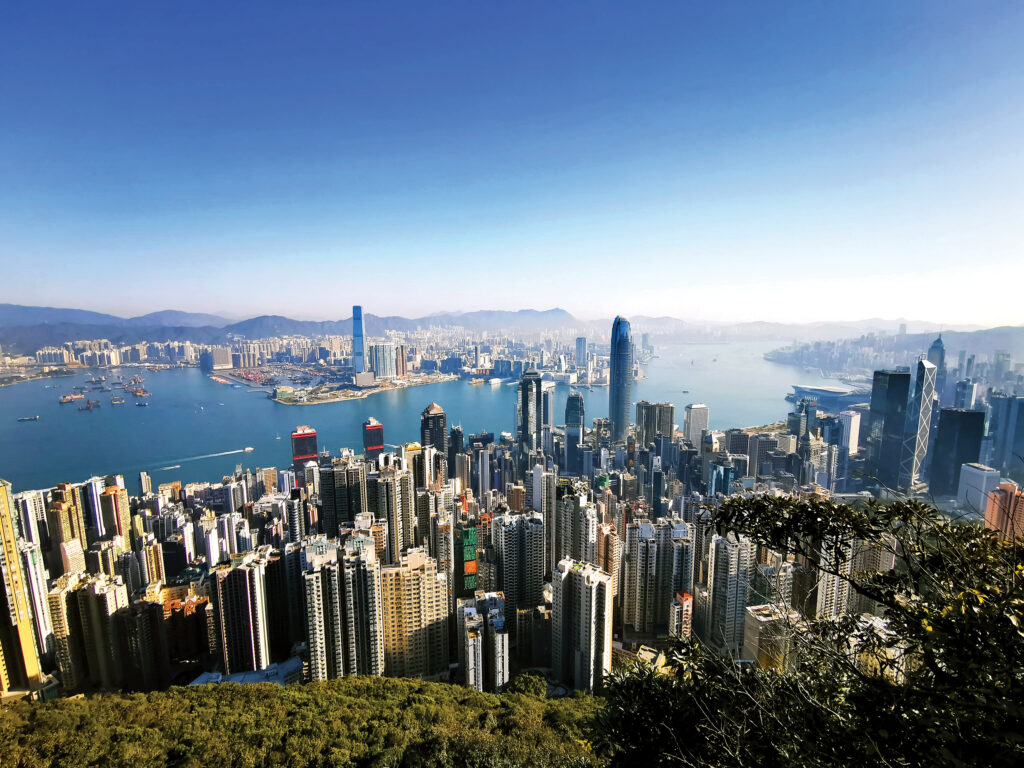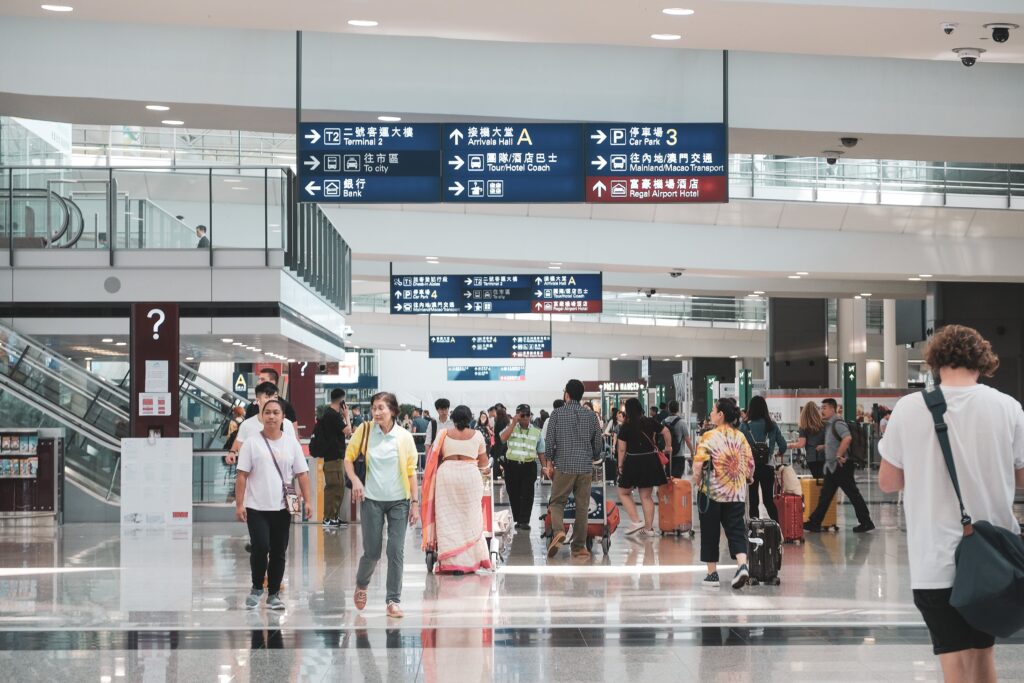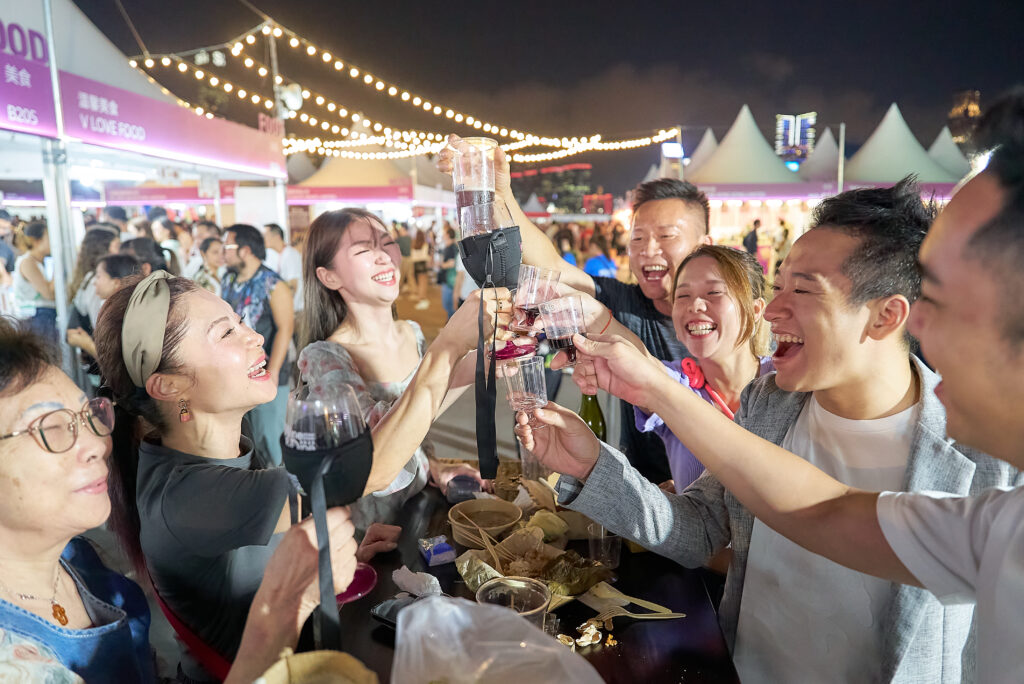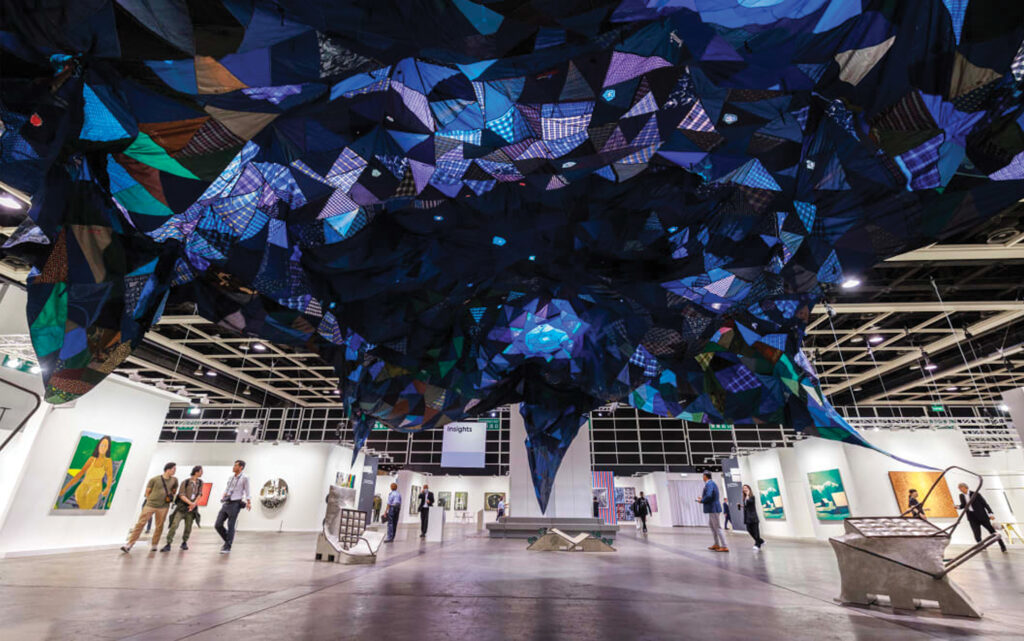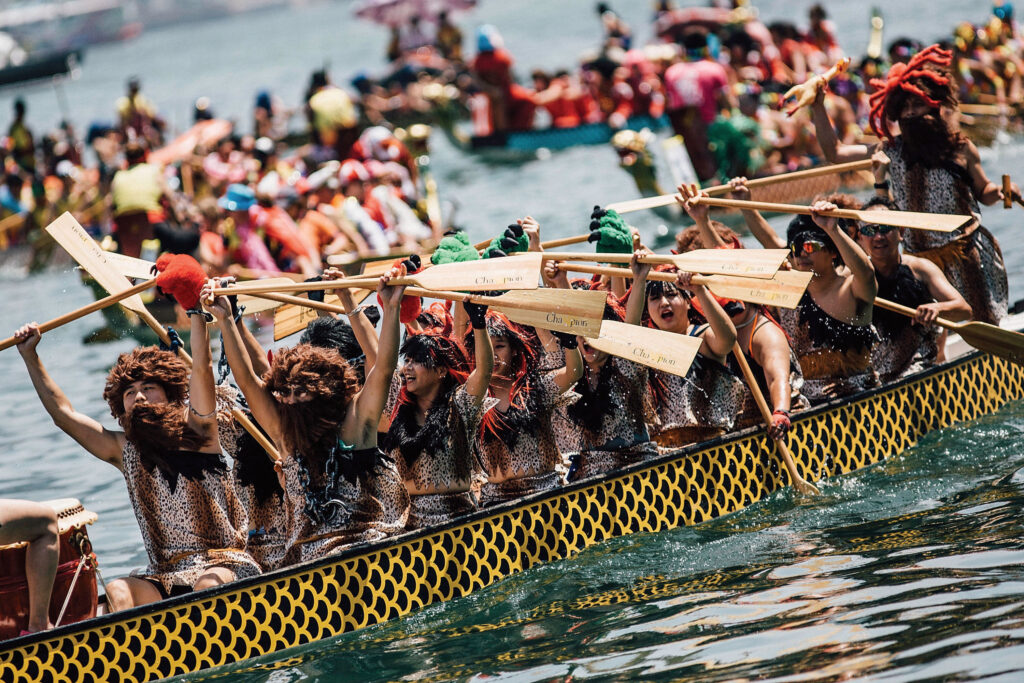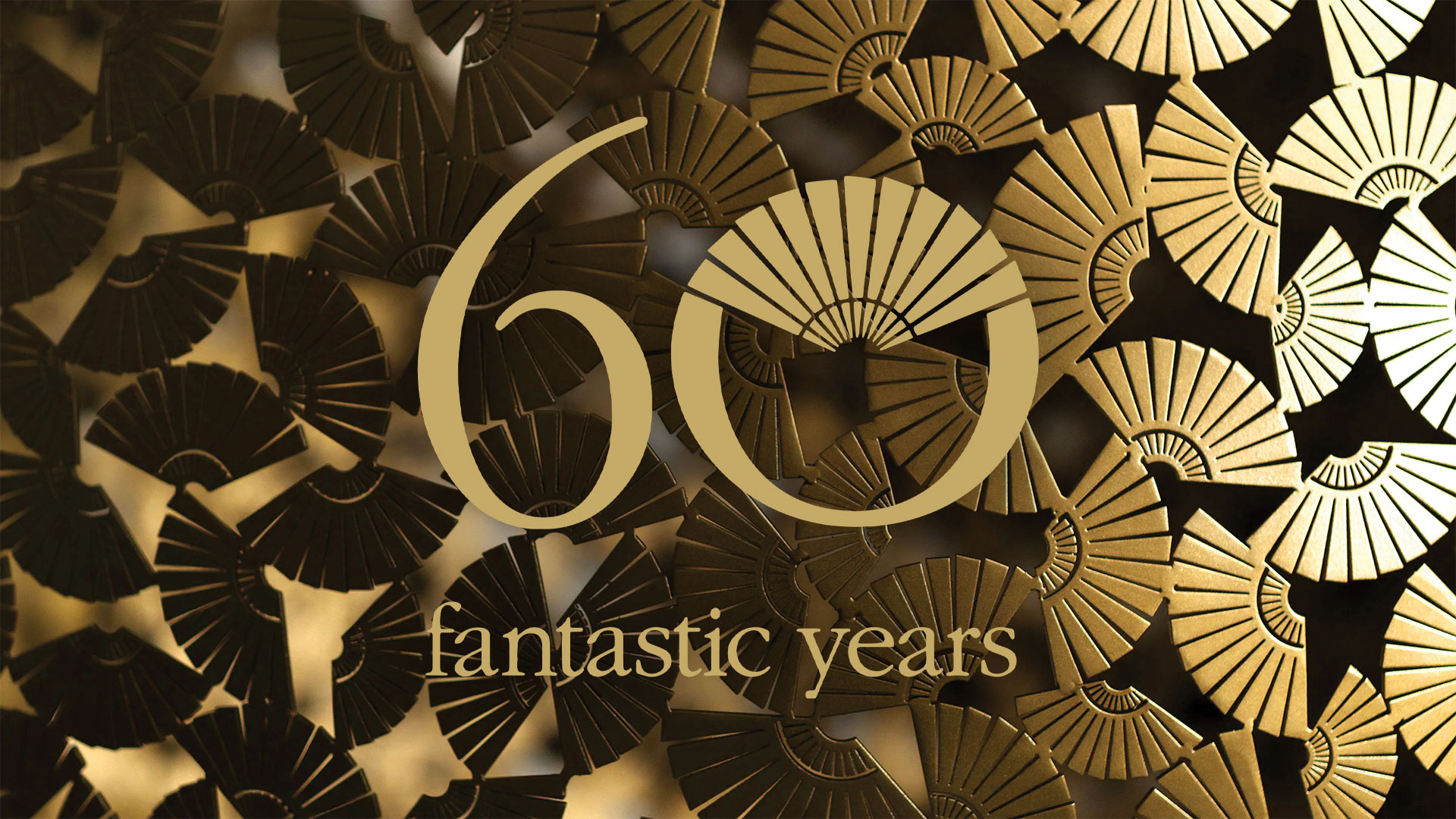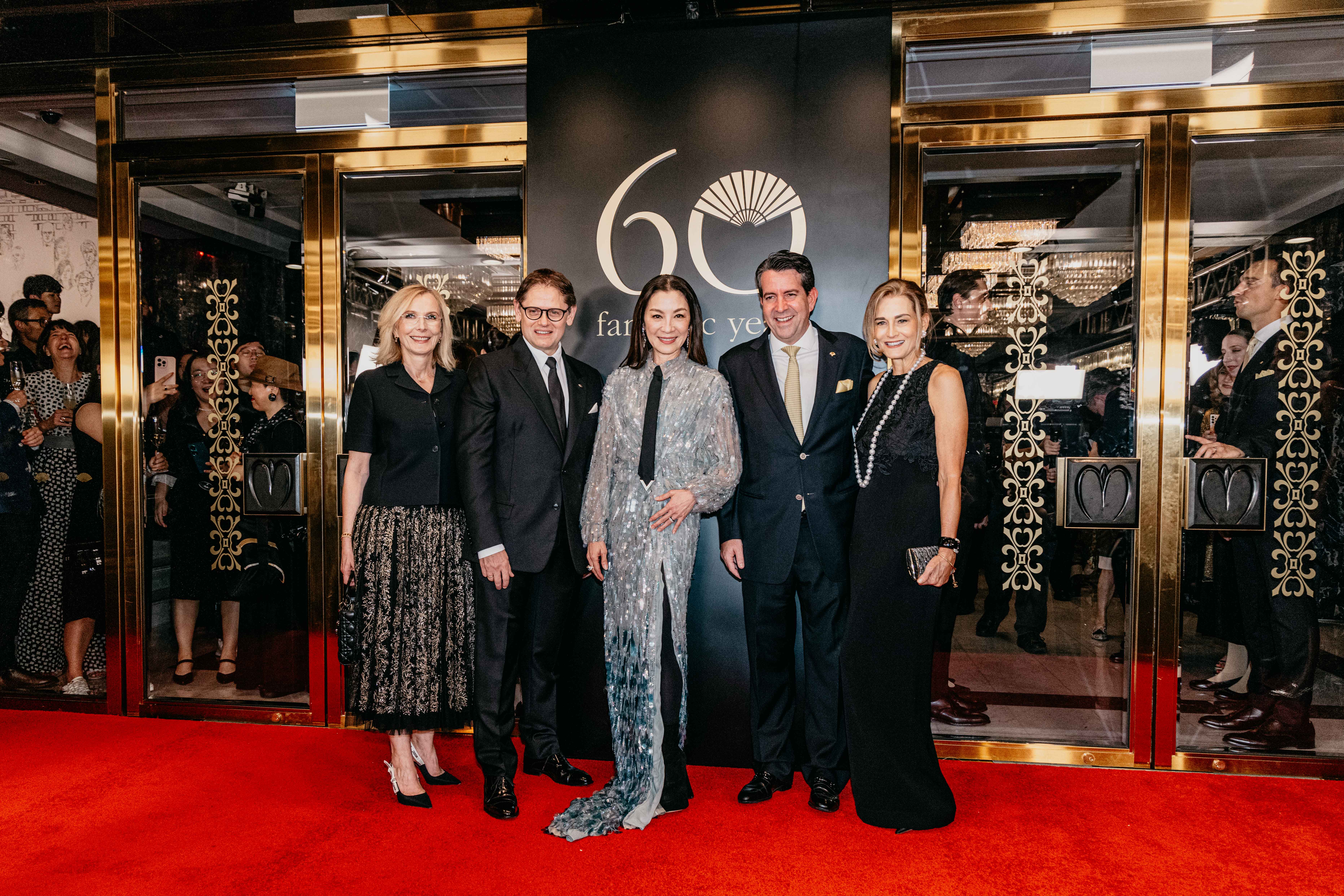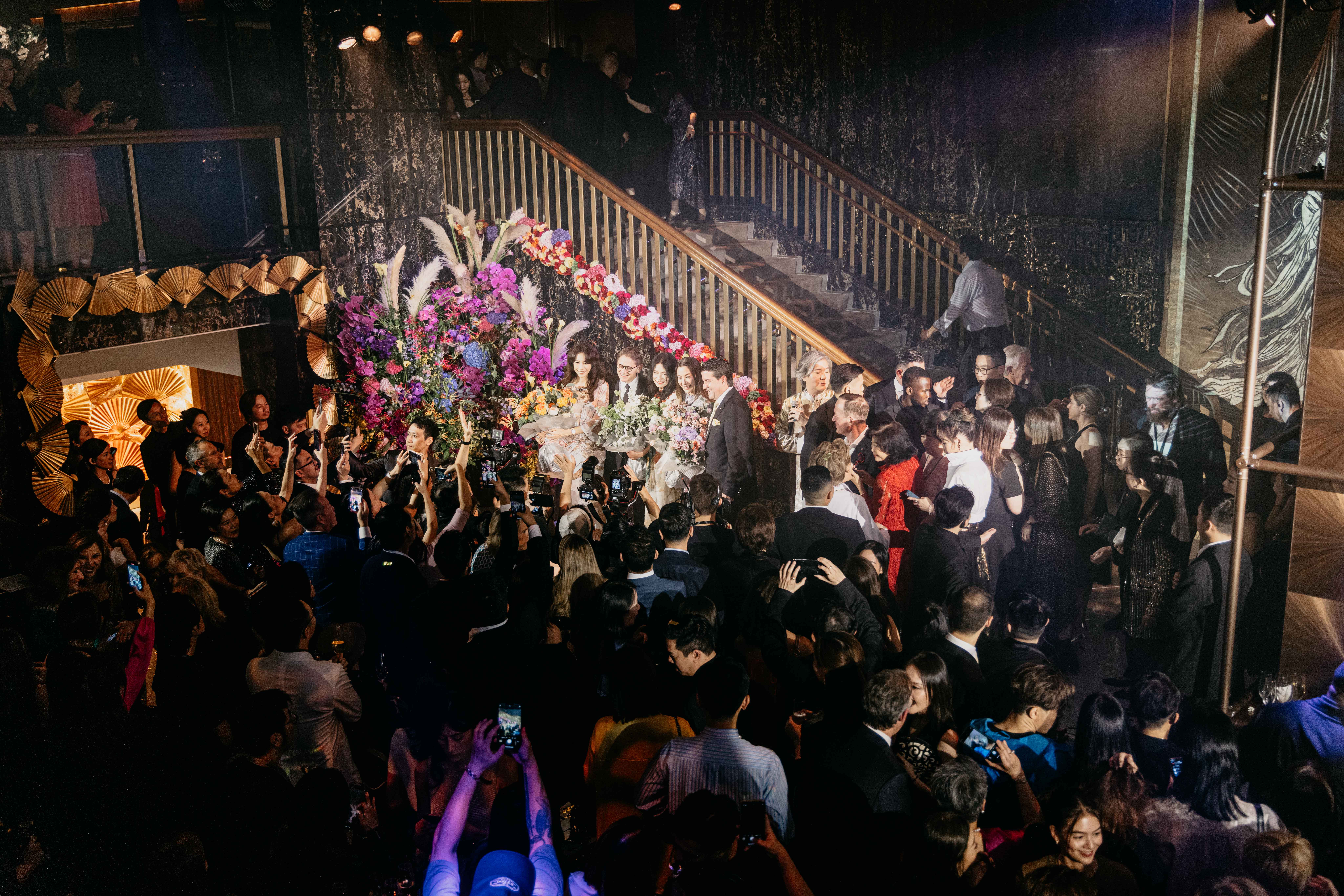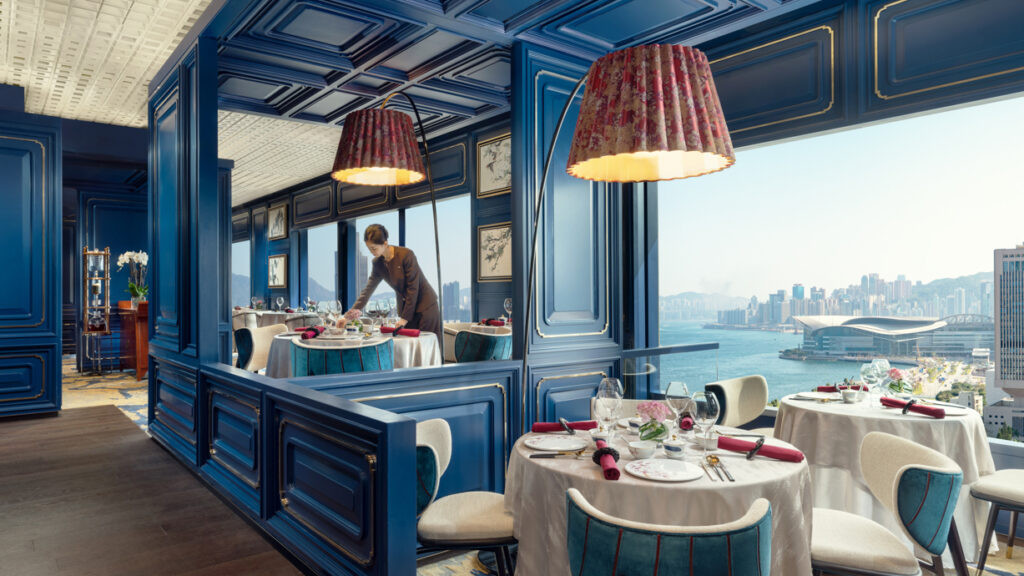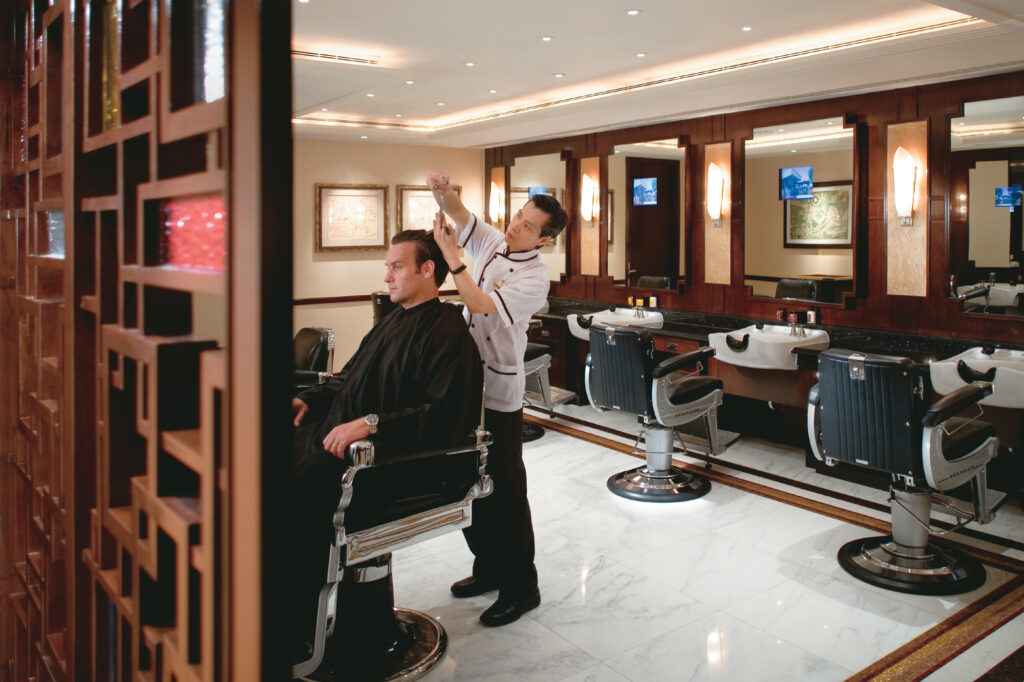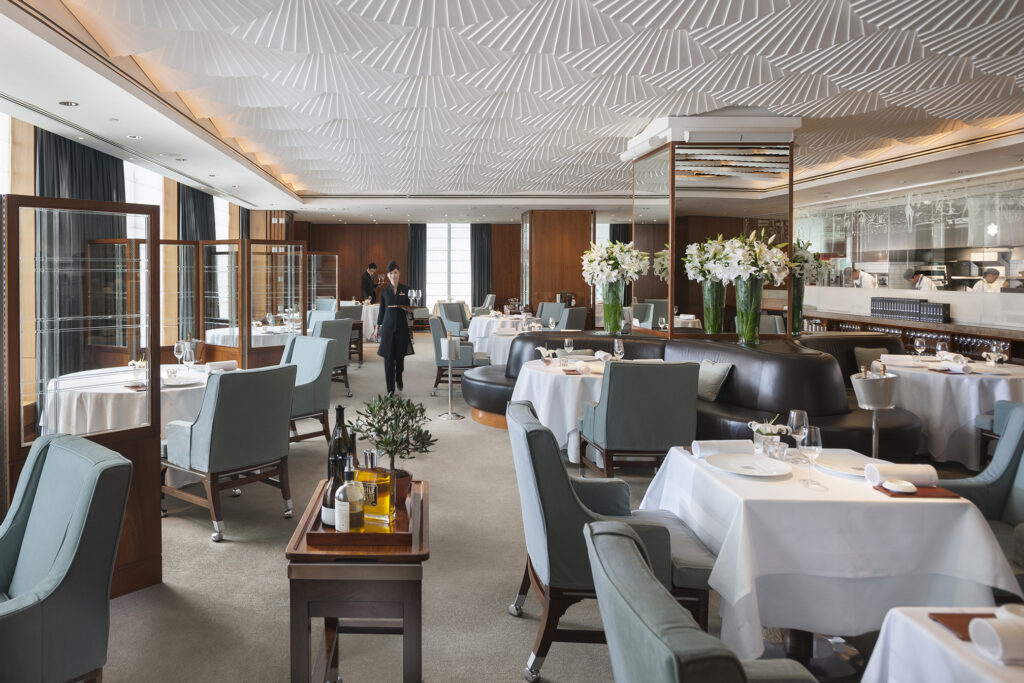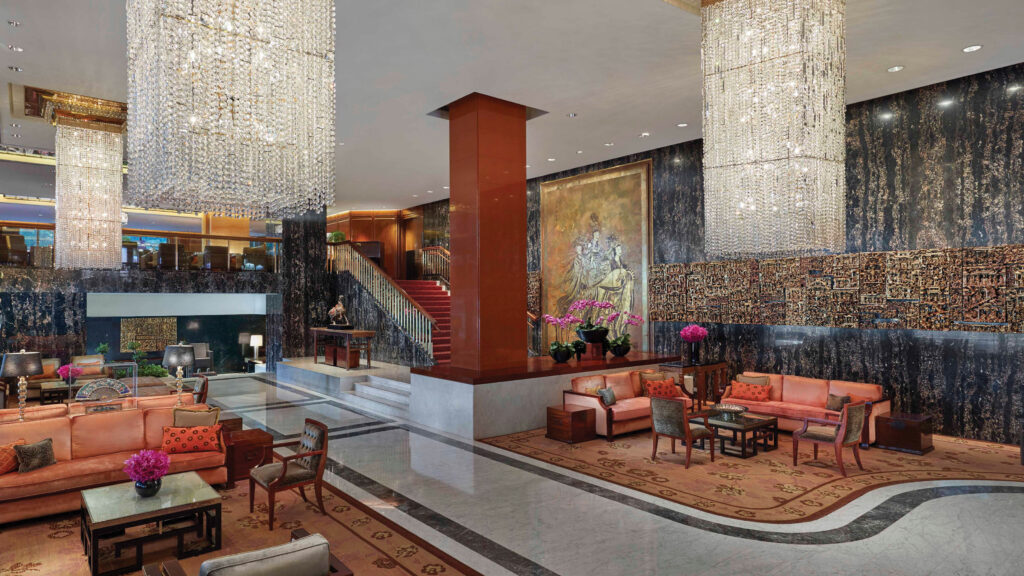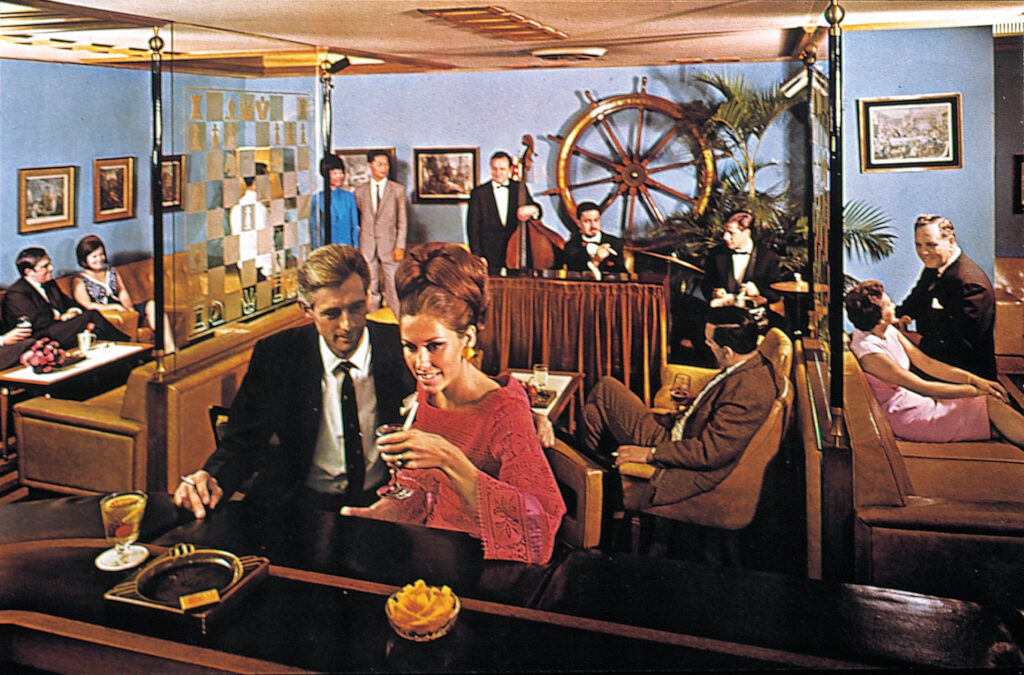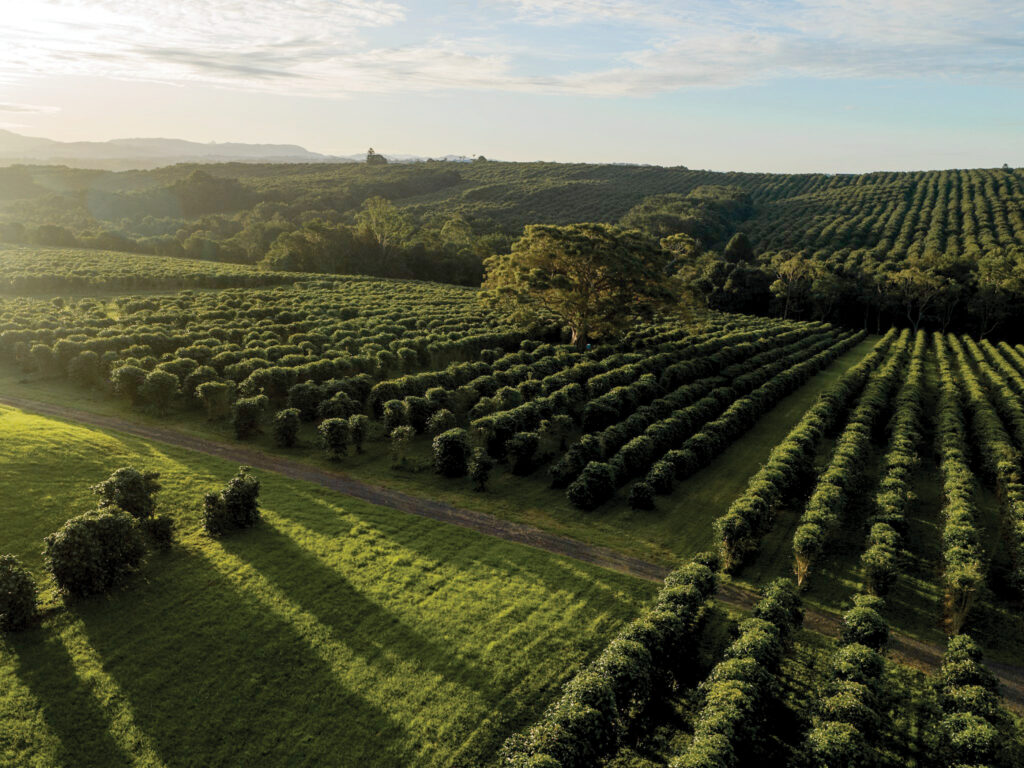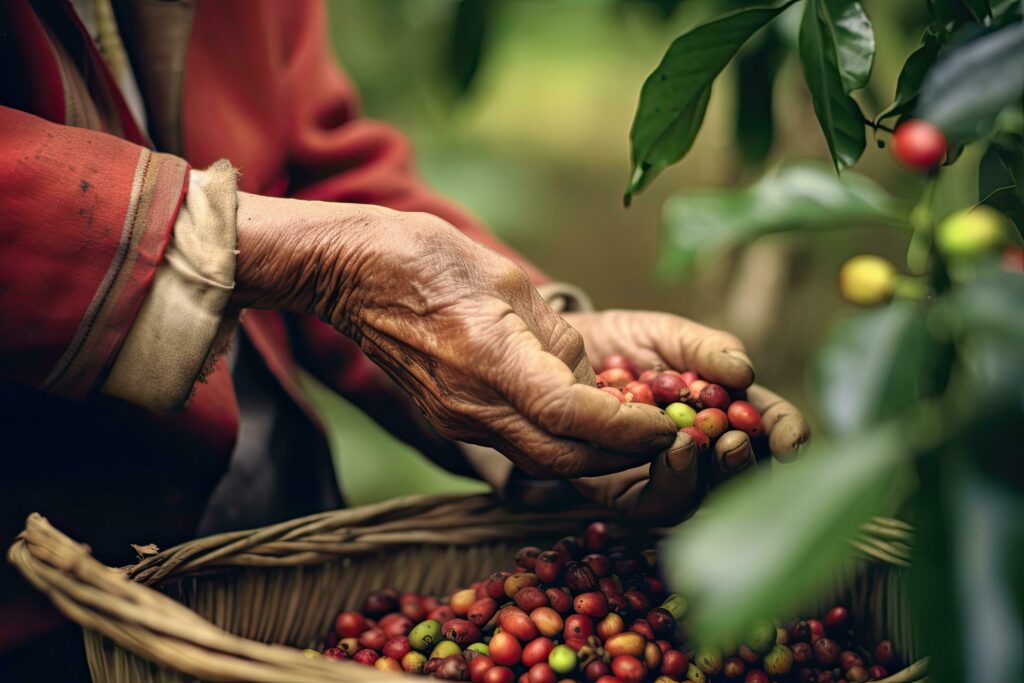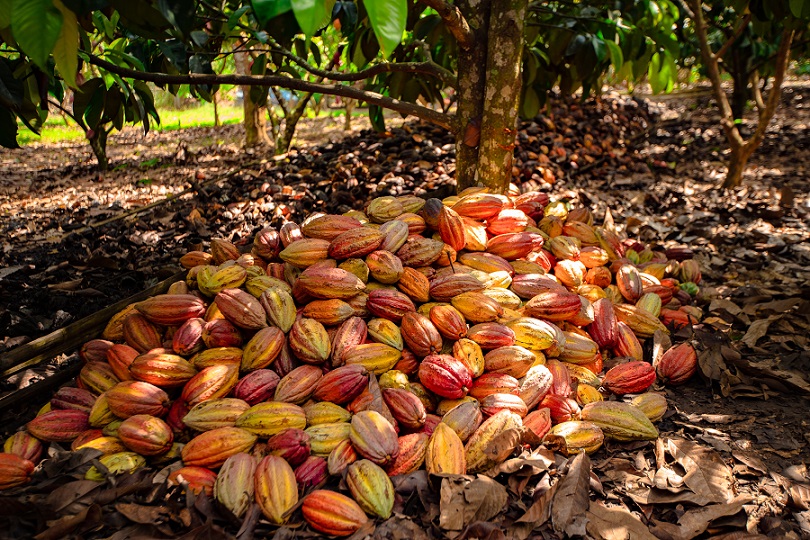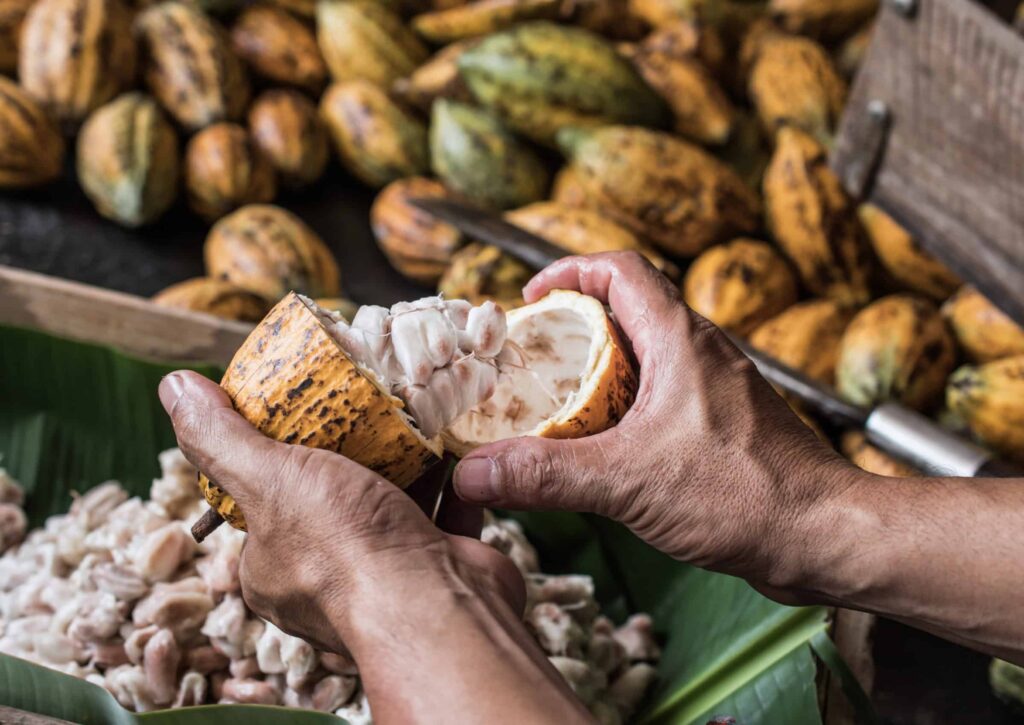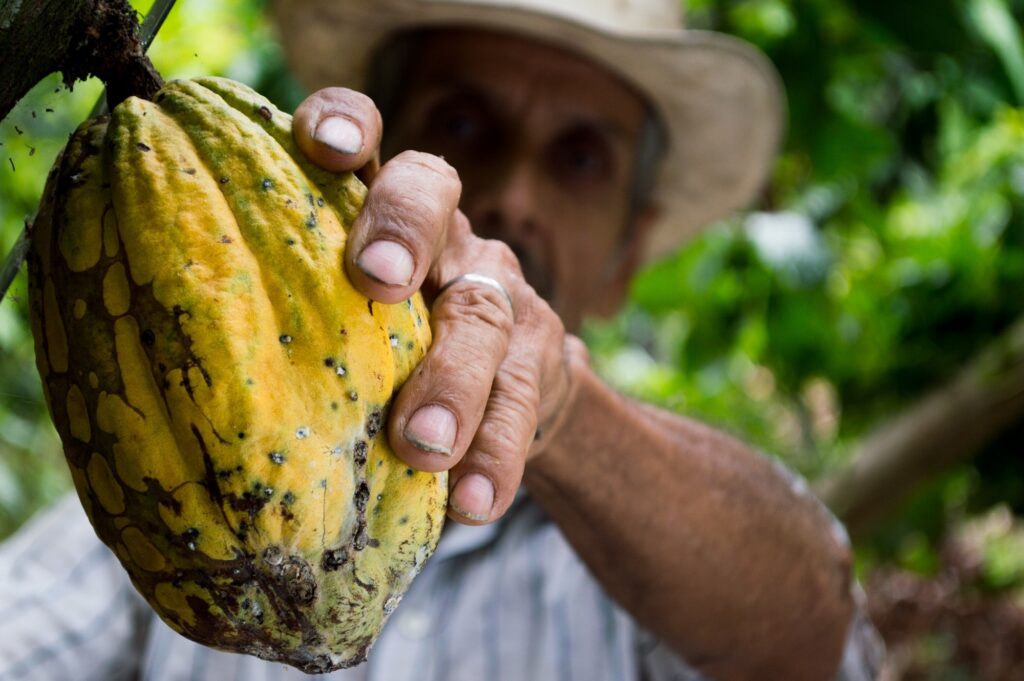Blessed with exceptional talent and magnetic presence, Tiffany Tang has long captivated Chinese-speaking audiences on the small screen and in movie theatres. The Shanghai native has starred in some of the most popular mainland China television dramas in the past 15 years, including Chinese Paladin 3 (2009), Xuan-Yuan Sword: Scar of Sky (2012), Lady & Liar (2015) and The Princess Weiyoung (2016) and has stepped onto the stage for a singing career, too. She was once hailed as the ‘One Billion Queen’ since her TV series consistently attracted the highest viewing figures.
After a short hiatus following the birth of her daughter, 40-year-old Tang was back in the limelight playing Miss Wang in the highly anticipated drama Blossoms Shanghai, produced and directed by Hong Kong’s pride Wong Kar-wai. This adaptation of Jin Yucheng’s novel Blossoms premiered in December and tells the story of A Bao (played by Hu Ge), a Shanghainese man living large during the 1990s’ economic boom. While garnering favourable reviews for Tang’s evocative interpretation of a complex character, in true Wong Kar-wai style the series also divided the critics. Also, unsurprisingly given Wong’s meticulous work habits, the script was many years in the writing and filming spanned a further three years.

It was a bold move for the arthouse director fêted on the international film festival circuit – his first turn on TV and a decade since his last motion picture, The Grandmaster. But thanks to a stellar cast and Oscar-winning Hong Kong cinematographer Peter Pau behind the camera, Blossoms Shanghai proved that change is sometimes necessary.
Tang had declined to participate in any other film or television project after landing the part, demonstrating her unwavering commitment to the series. “Over the past three years, I feel as though I have actually become Miss Wang,” she said. “Miss Wang is very clear-thinking. No matter how tough the situation, she can always overcome it.”
Life of Drama
This clarity of purpose may also be applied to her own rise. Tang’s passion for acting surfaced during her school years, when she actively participated in various drama clubs and productions. Recognising her potential, her parents supported her dreams, and she enrolled in the prestigious Central Academy of Drama in Beijing to pursue a formal acting education.
Her breakthrough came when she won the role of Zi Xuan in Chinese Paladin, the popular series starring, coincidentally, Hu Ge. Her performance earned her widespread acclaim and catapulted her to stardom in China. She has continued to impress in more than 30 notable TV dramas, showcasing her versatility and acting prowess.
Big-Screen Presence
Tang’s talent soon attracted the attention of other East Asian entertainment-industry powerhouses, namely Hong Kong and South Korea. Expanding her reach beyond China’s borders and onto the big screen, she appeared in the Pang brothers’ wuxia fantasy The Storm Warriors (2009) starring Hong Kong heartthrobs Aaron Kwok and Ekin Cheng, as well as A Chinese Odyssey Part Three (2016) and Cook Up a Storm (2017).

Bounty Hunters (2016), a China-South Korea-Hong Kong co-production, was another stride abroad, and it was followed by the Jingle Ma action-thriller Europe Raiders (2018), where she starred alongside Tony Leung and Kris Wu. The film was released in North America and Australia, opening doors for further international opportunities in the industry.
Sense and Style
Her acting credits aside, Tang frequently sits in the front row during fashion weeks. Her widespread popularity, striking appearance and effortless ability to embody elegance, sophistication and modernity have made her the perfect choice for global brands seeking to boost their influence in Asia. She was formerly a spokesperson for Coach and Bally, has collaborated with Roger Vivier and Valentino, and more recently endorsed Chanel, Dior and Louis Vuitton.

Tang is also an advocate for women’s rights and gender equality. In various interviews, she has spoken about feminism and the importance of breaking traditional stereotypes and encouraging women to pursue their dreams fearlessly. She once said that a woman is at her most alluring when she is pregnant, opining: “A woman has charm and this is not achieved by a girl. She will only go through it after she has become a mother.”
Motherhood First
Herself giving birth a year or so after her 2018 wedding in Vienna to actor and singer Luo Jin, Tang has openly discussed the challenges and joys of balancing a successful career with her role as a mother. She emphasises the importance of support systems and the need for society to be more inclusive and understanding of working mothers. Her candid and relatable perspective on motherhood has resonated with many, making her an influential figure for women navigating similar journeys.
She acknowledged that she purposefully chose to reduce her workload when she became a wife and mother. “Of course, work is important, but you must also allocate time and energy to family and life,” she said. “Once you return to work, you won’t have much time to accompany your children. Children are constantly growing. If you miss it, then you miss it.”

The actress added it is a common misconception that she has done little recently because she has only worked on a couple of projects: “I am actually busy. But it’s meaningless to explain it to people because people who know me don’t need the explanation.”
Tiffany Tang has successfully bridged the gap between cultures, garnering recognition and endorsement from prestigious brands worldwide. Her commitment to feminism and her relatable insights on motherhood further contribute to her status as an influential figure. As she continues to make her mark in the entertainment industry, her star power shows no signs of dimming, solidifying her position as an icon of Chinese television and contemporary Asian cinema.




